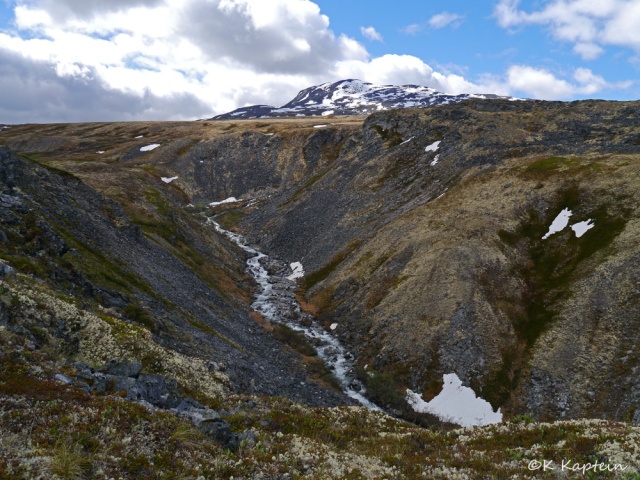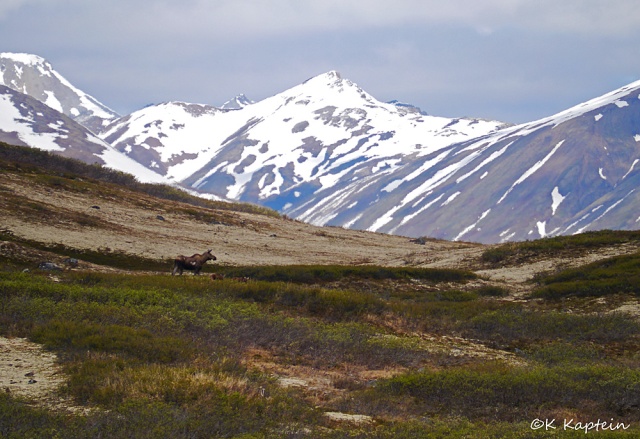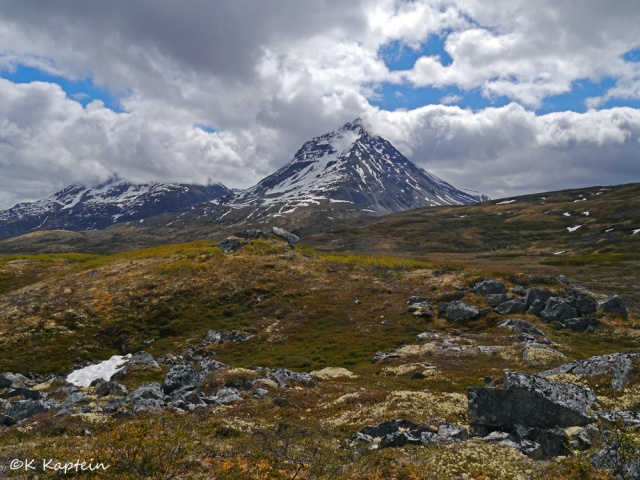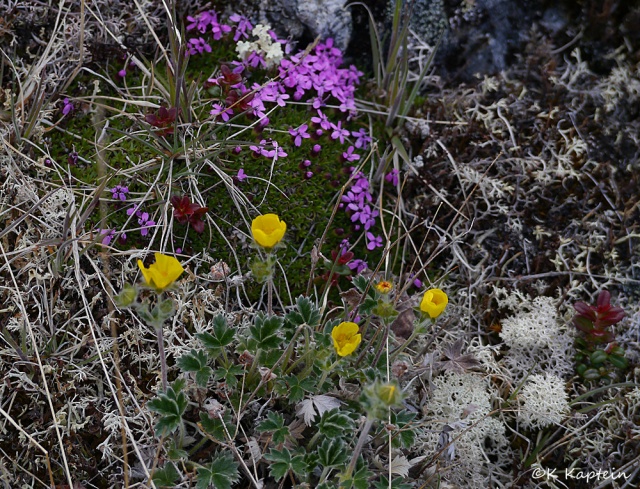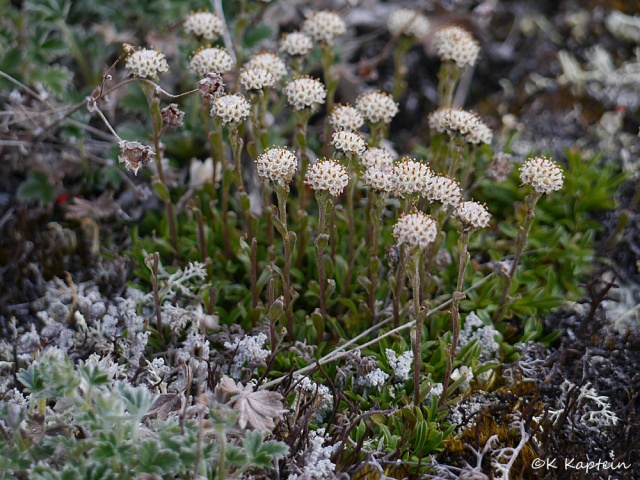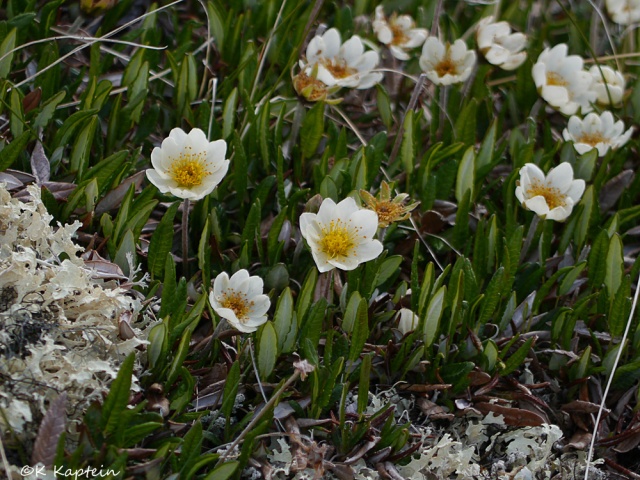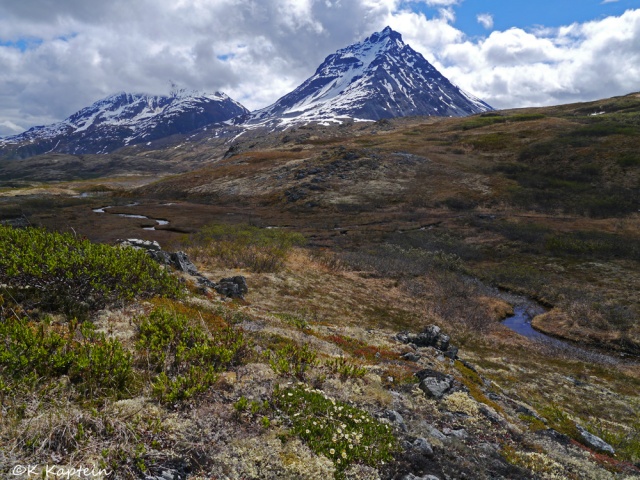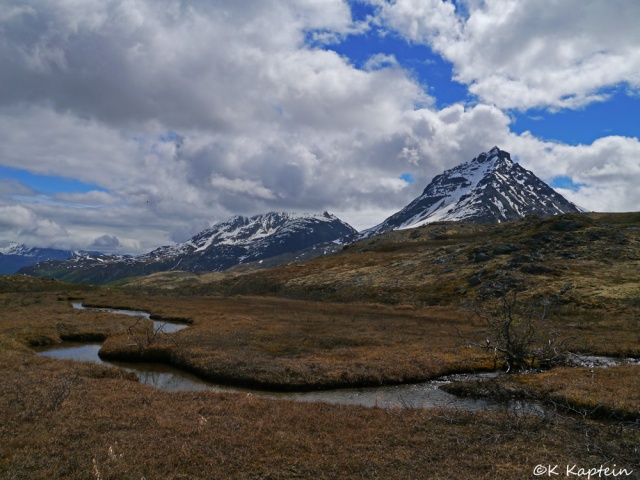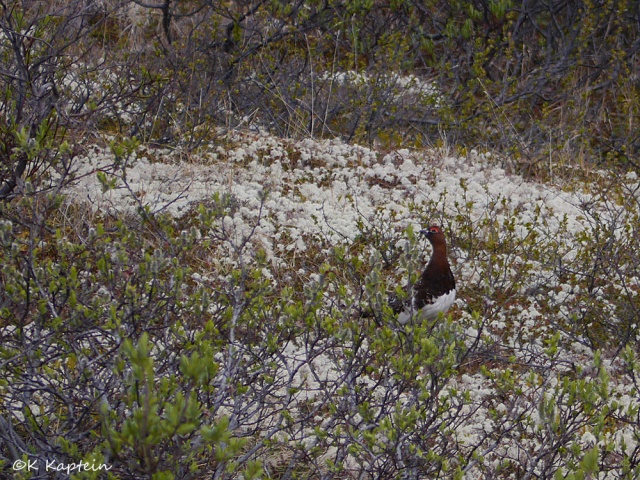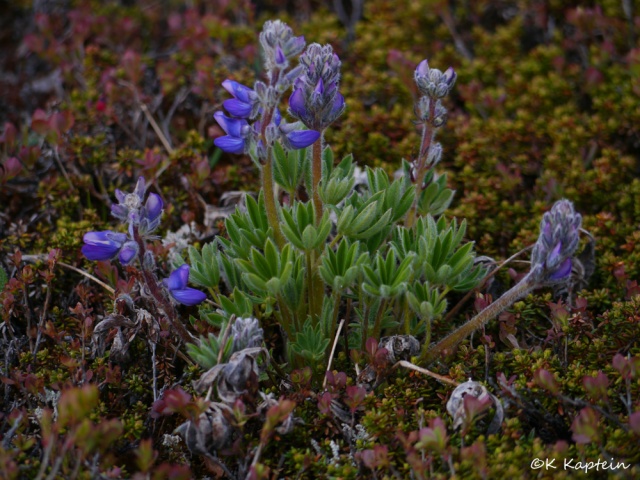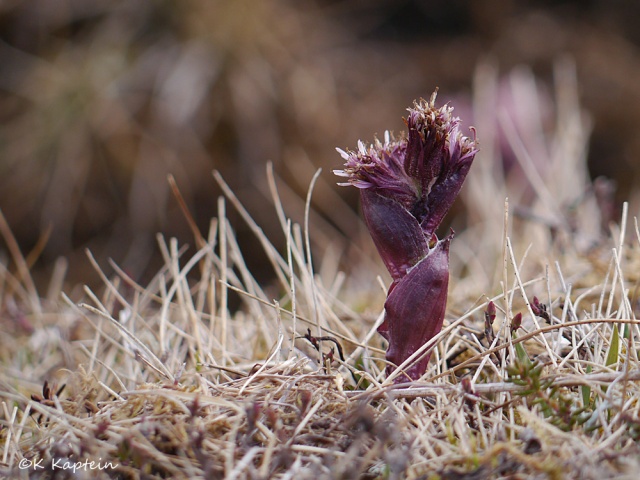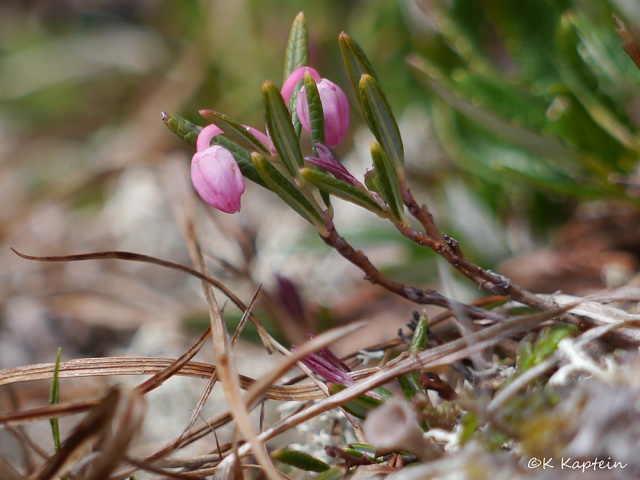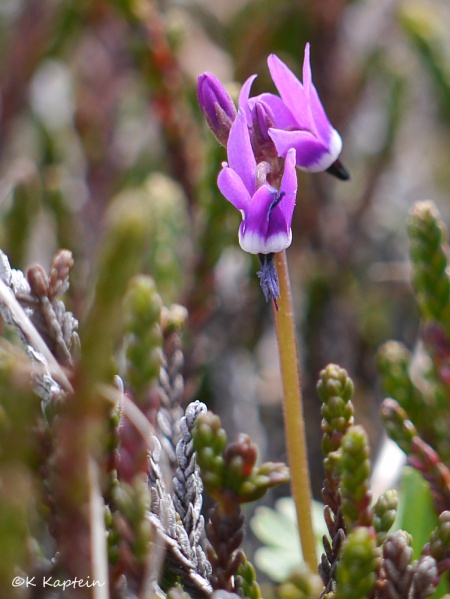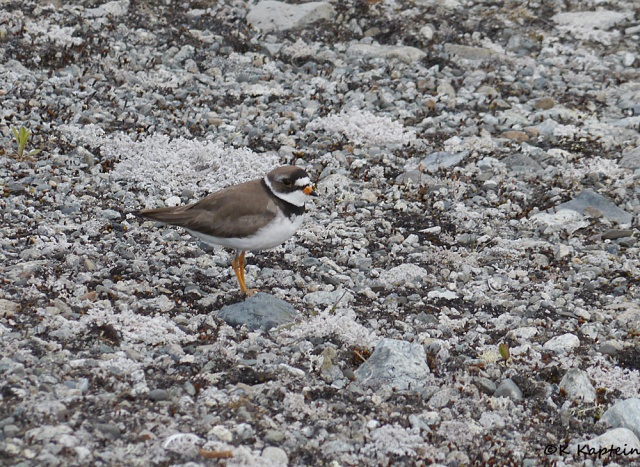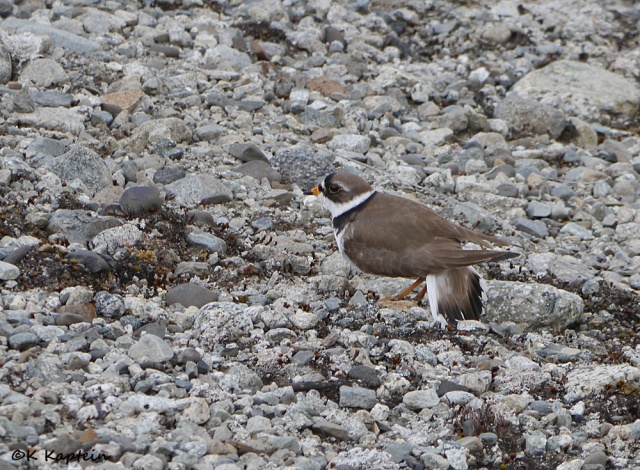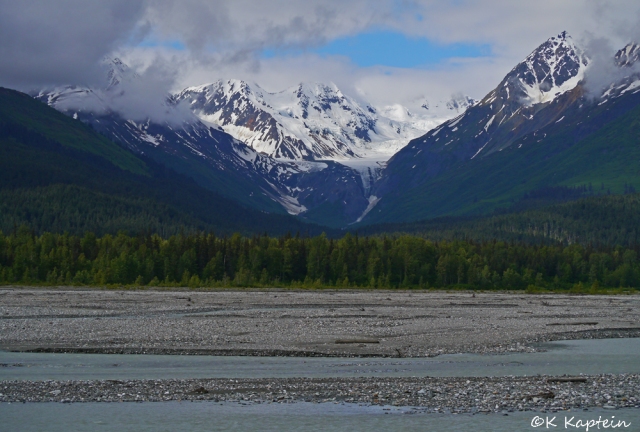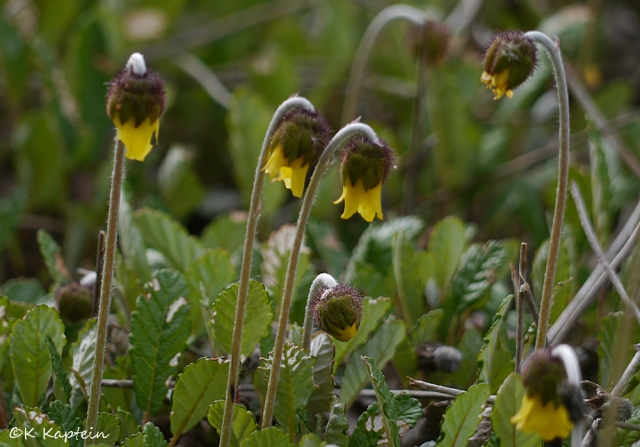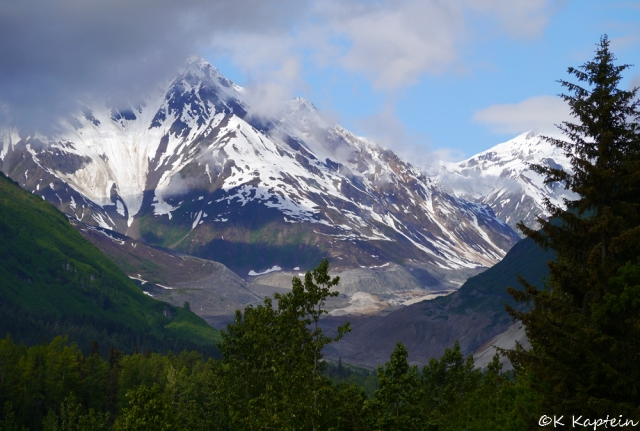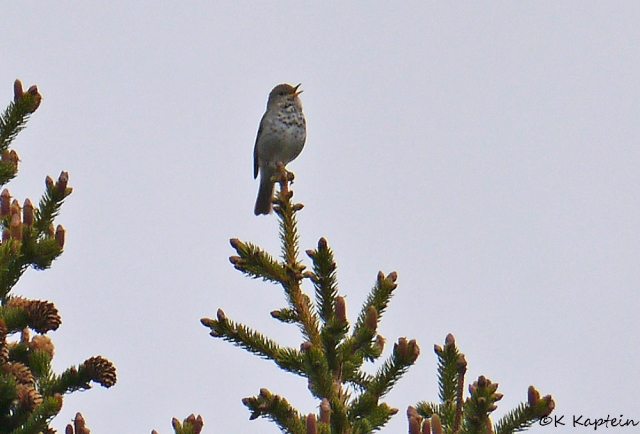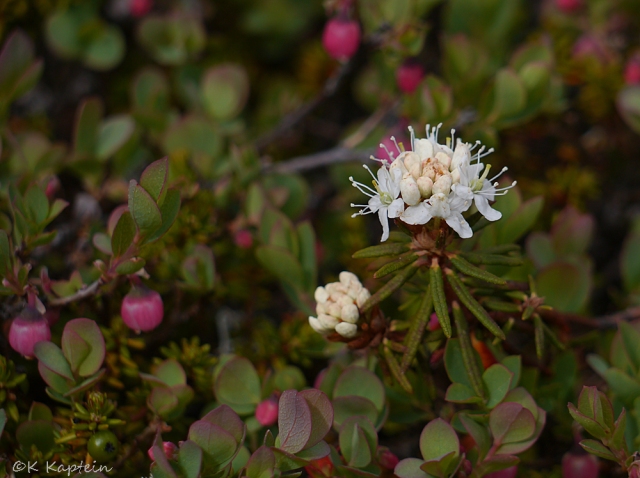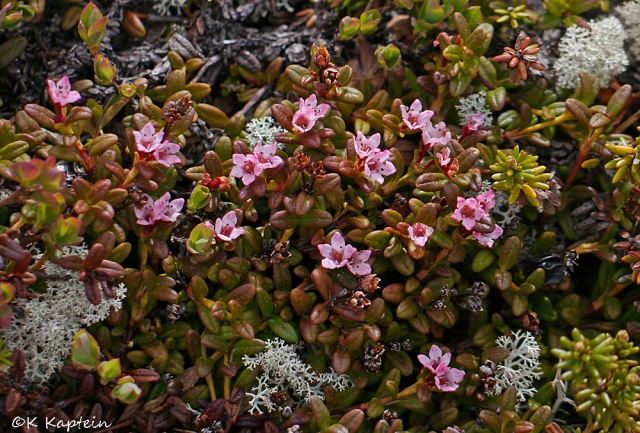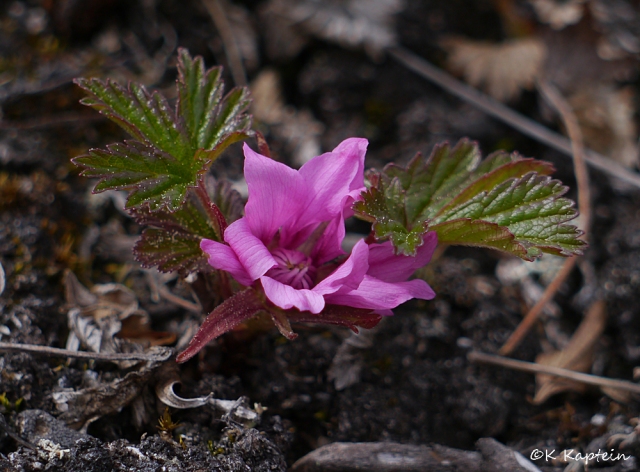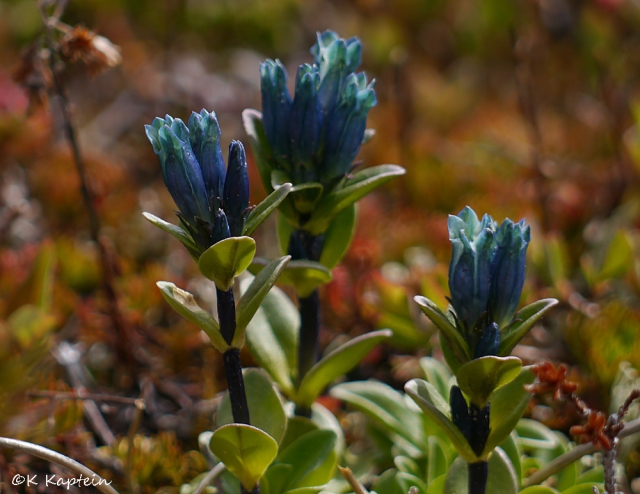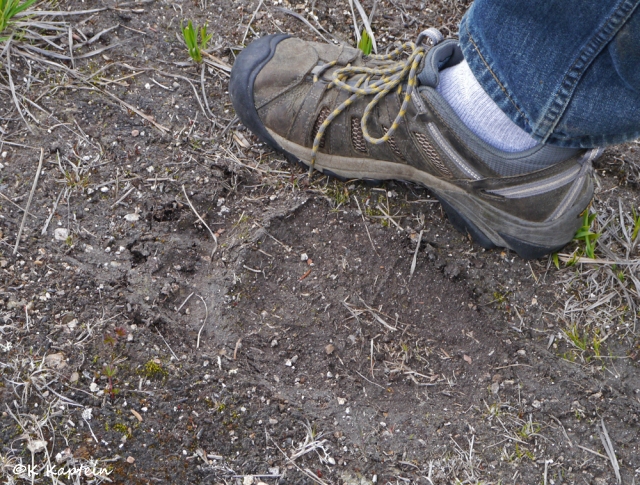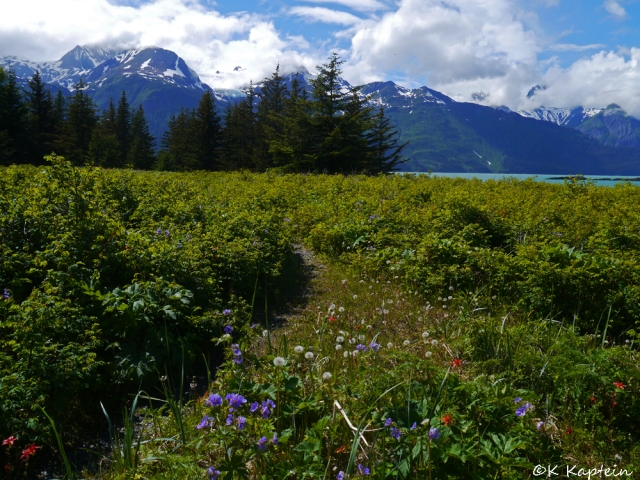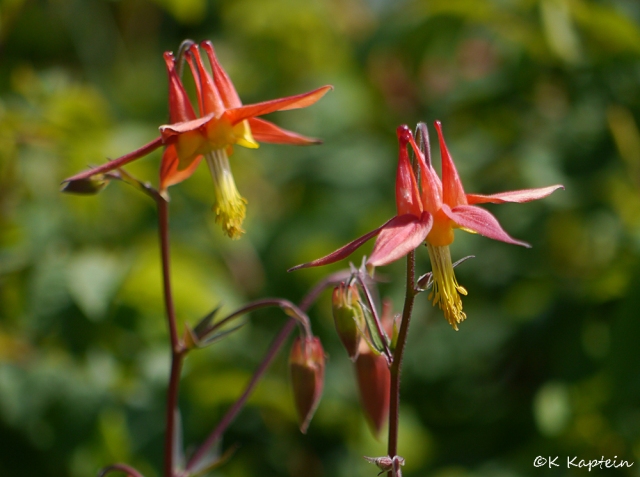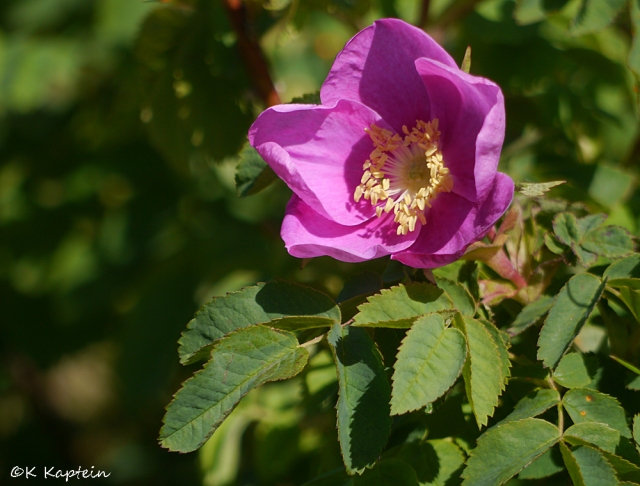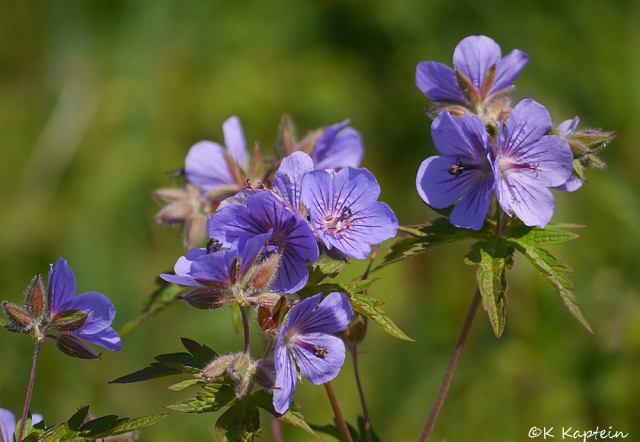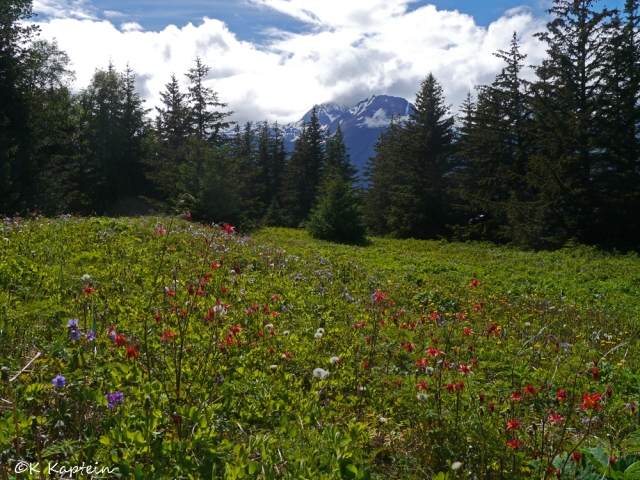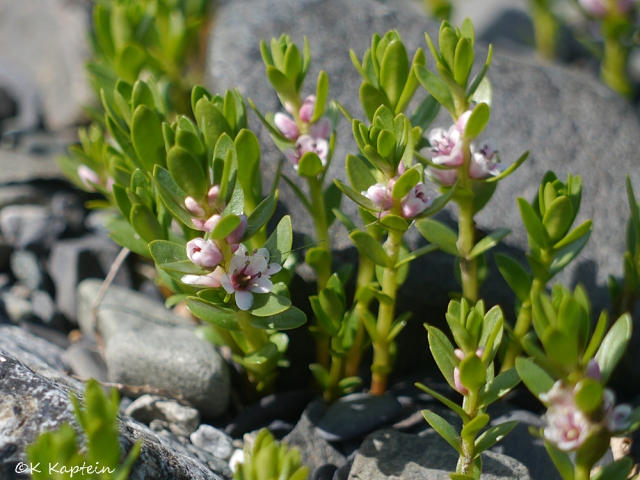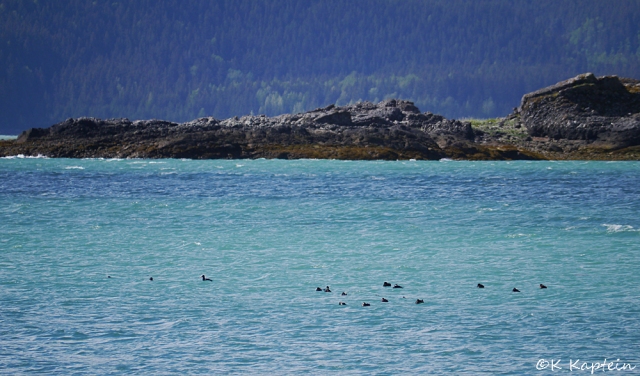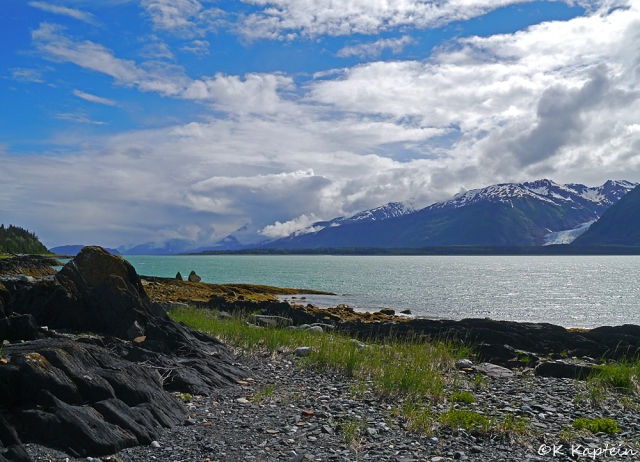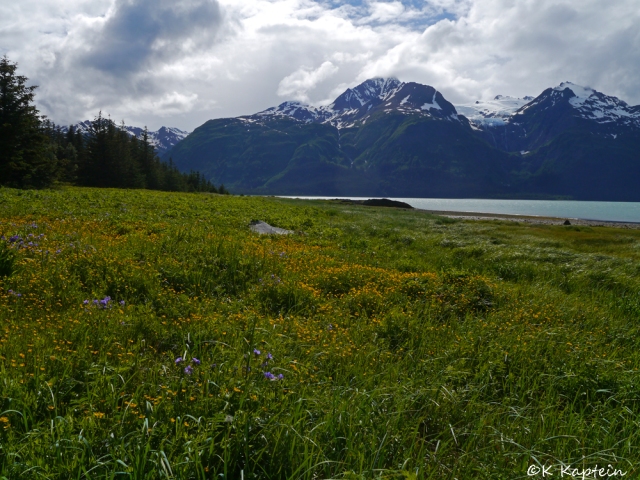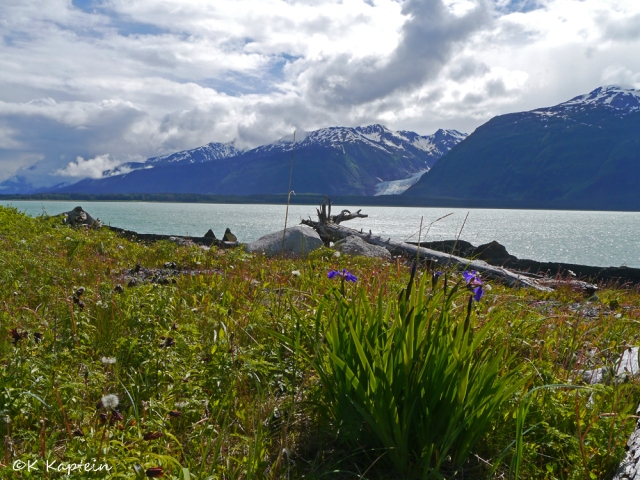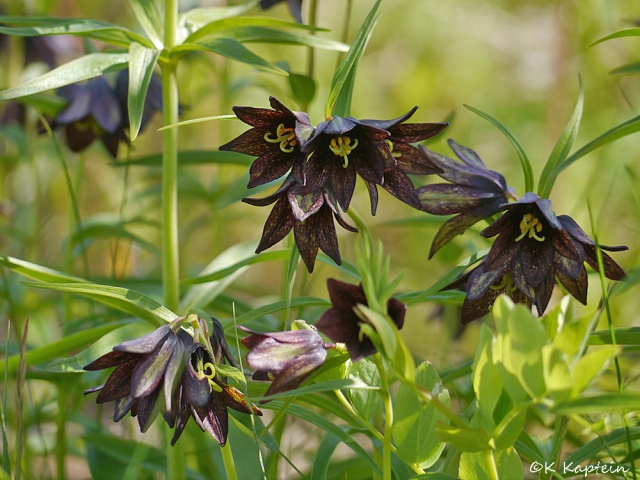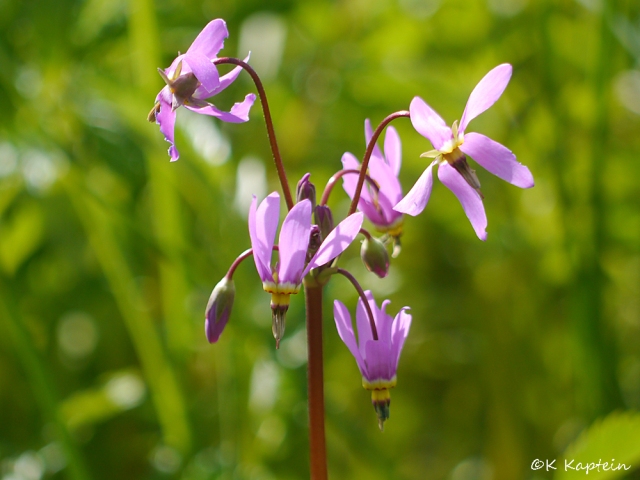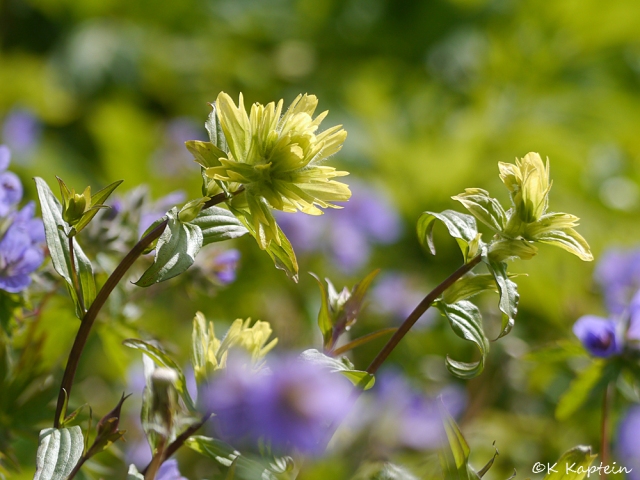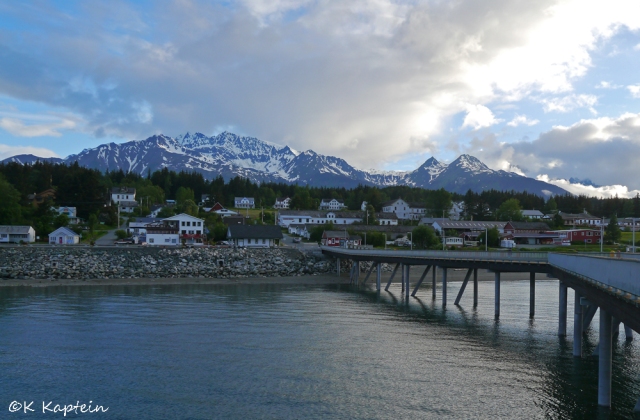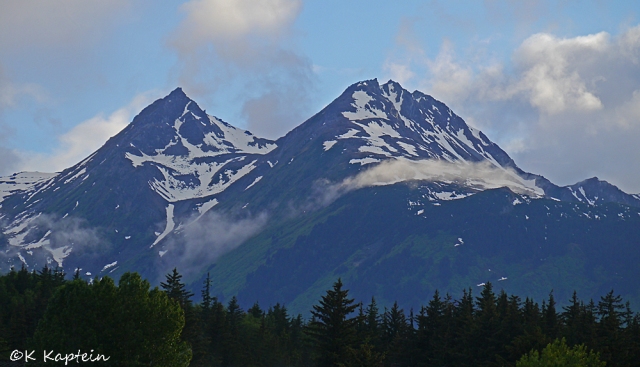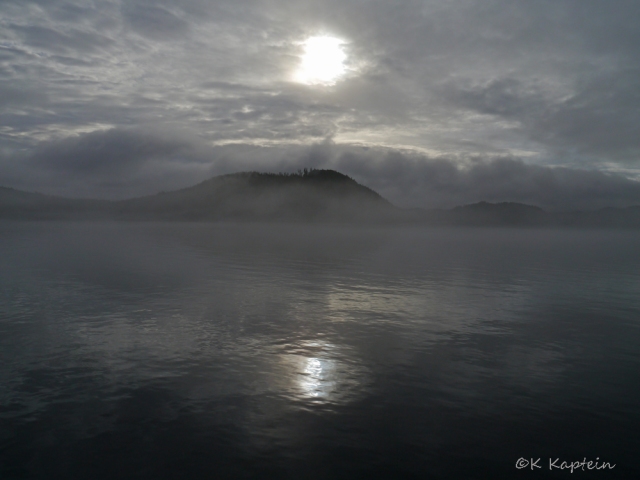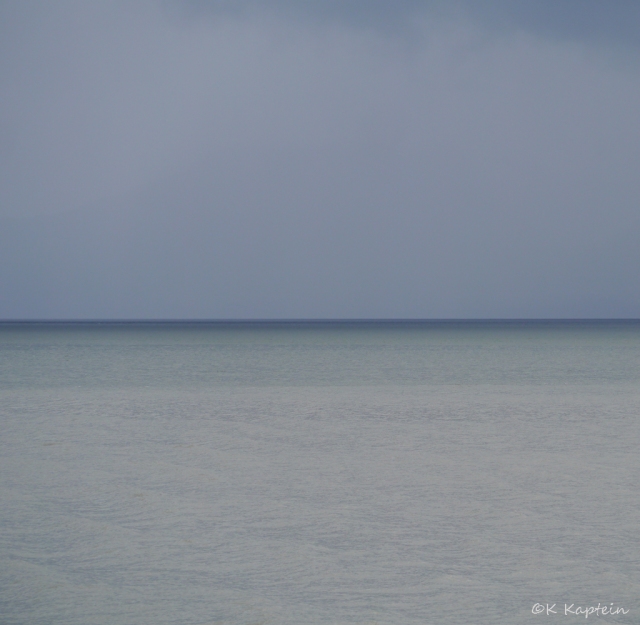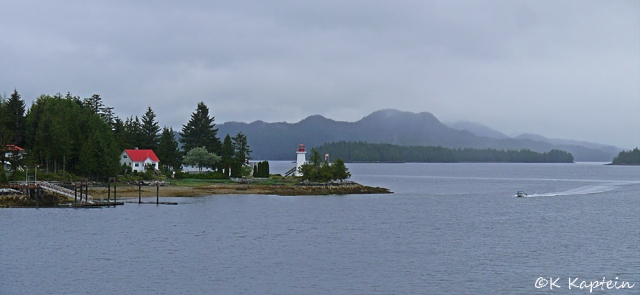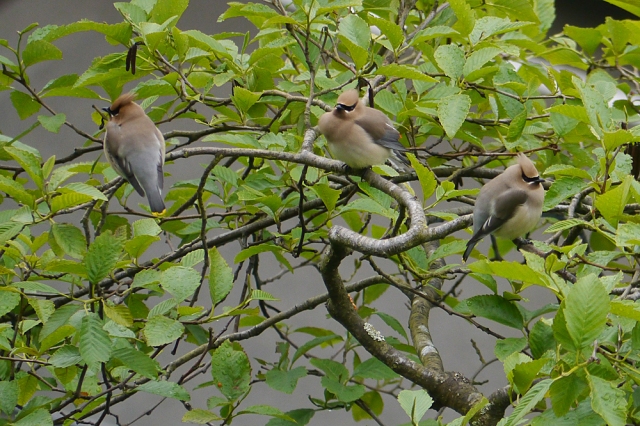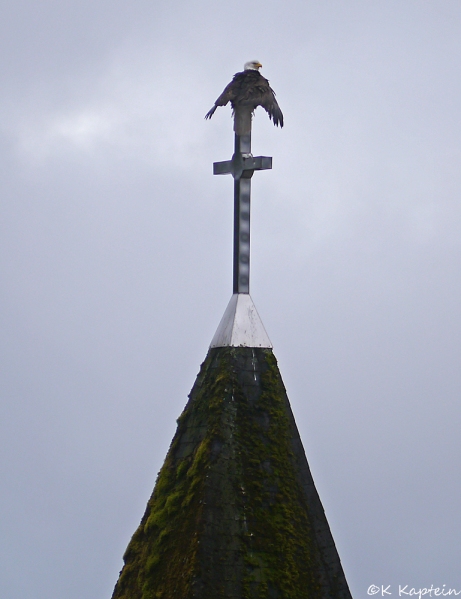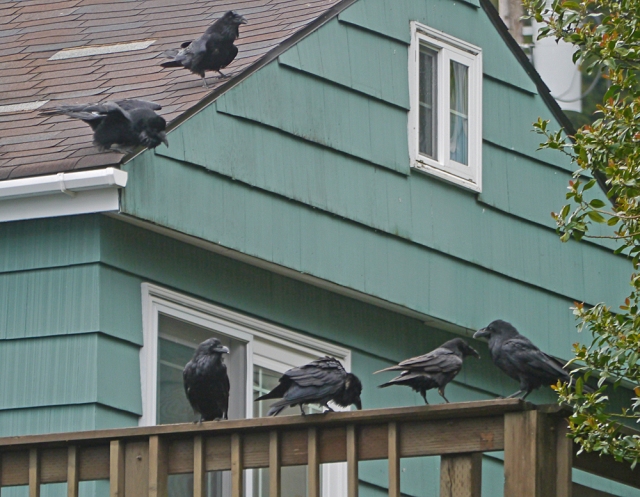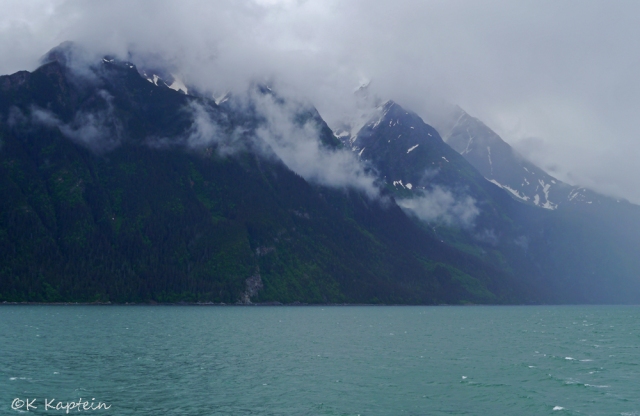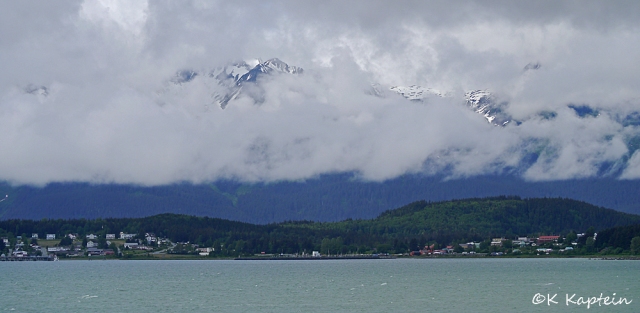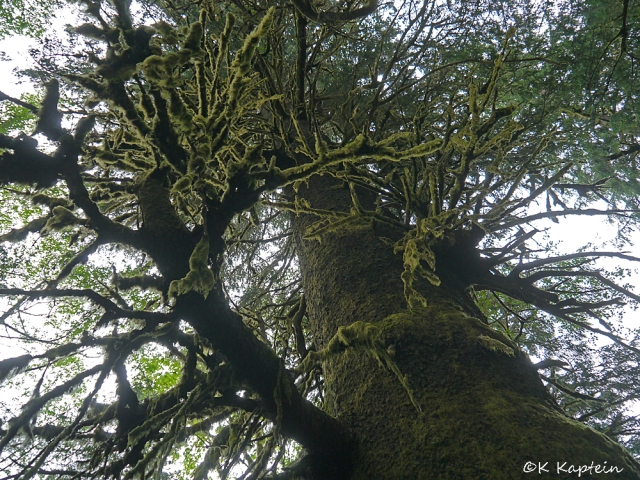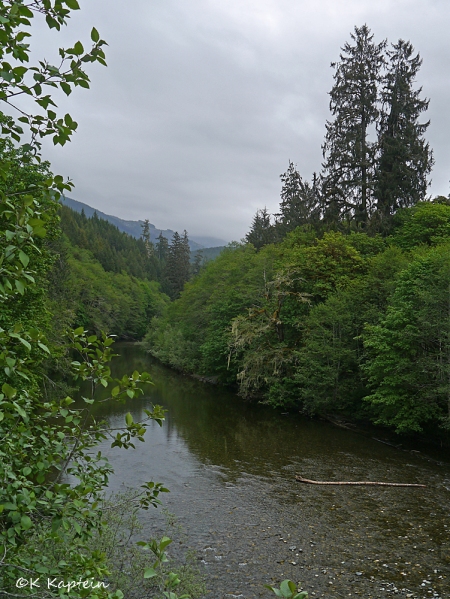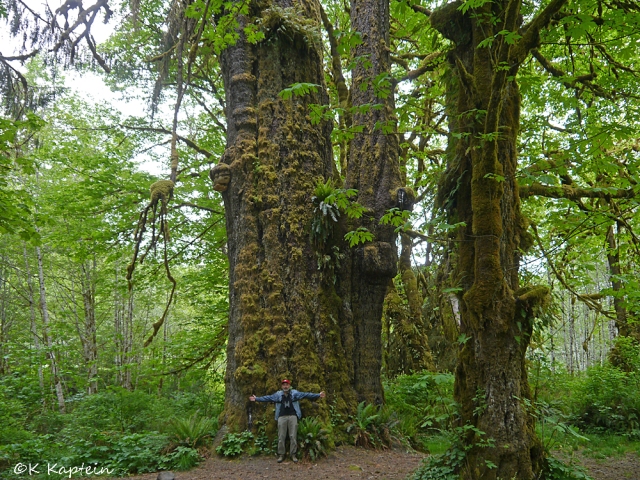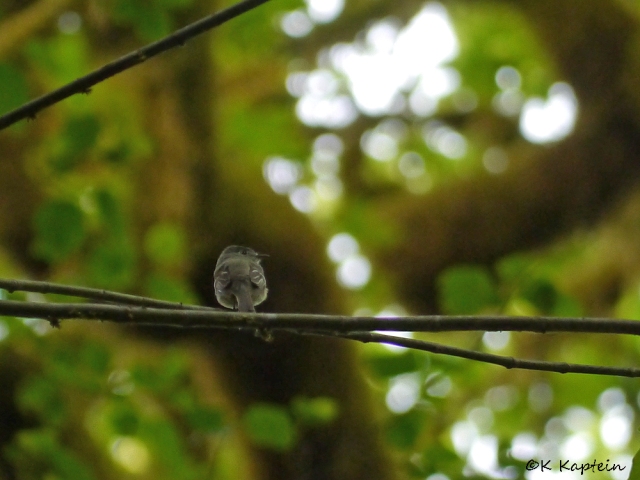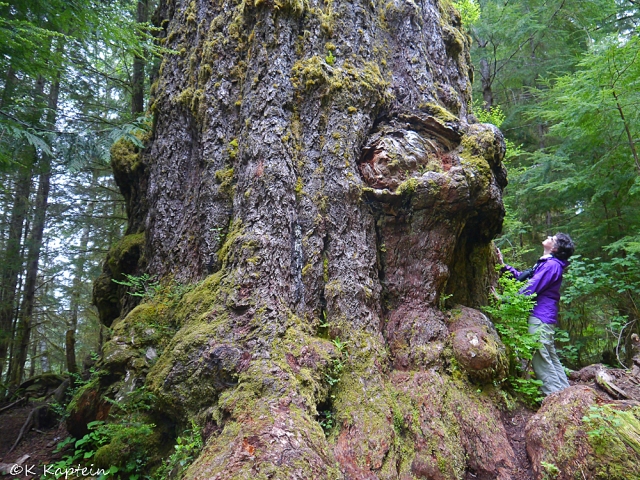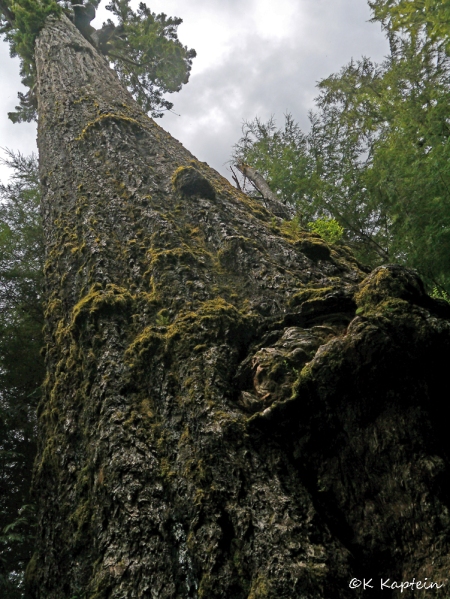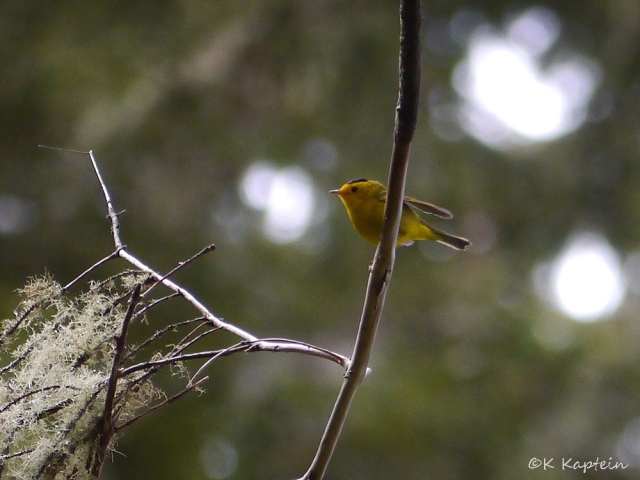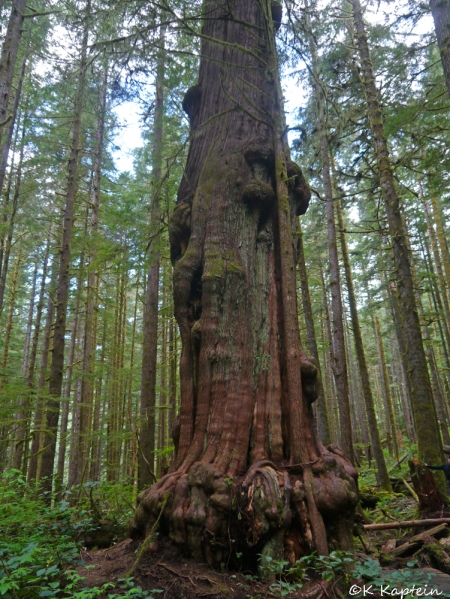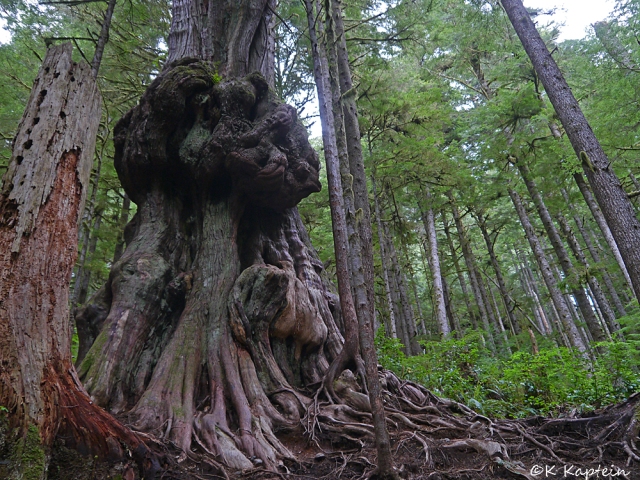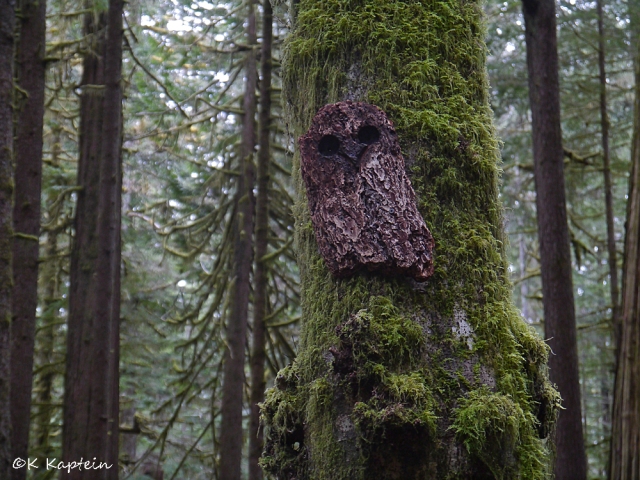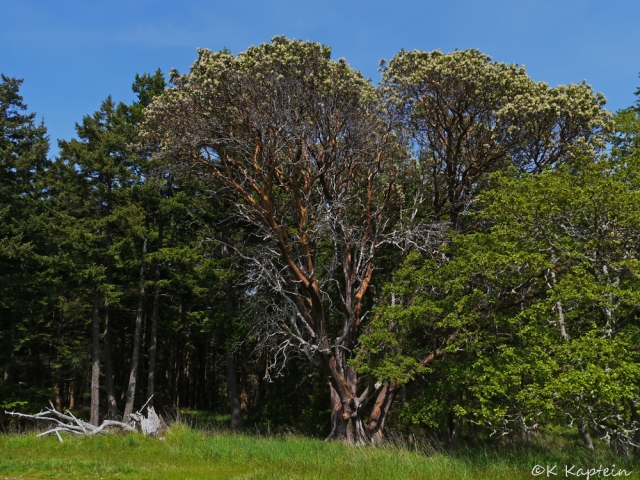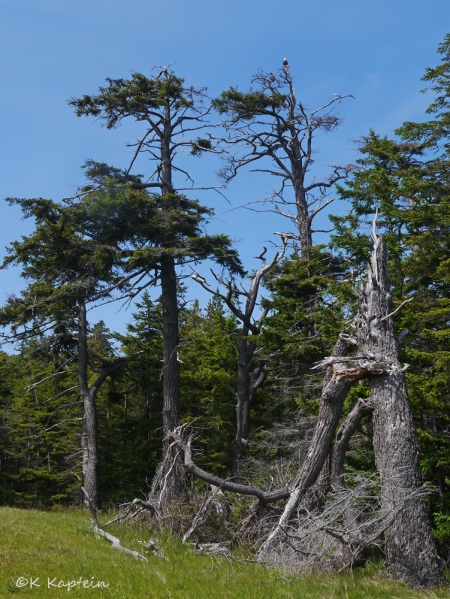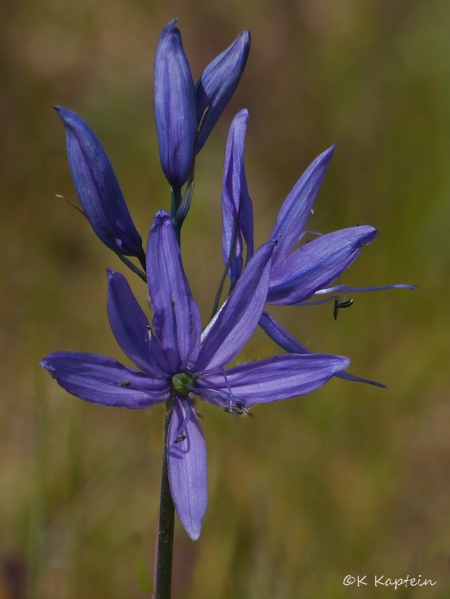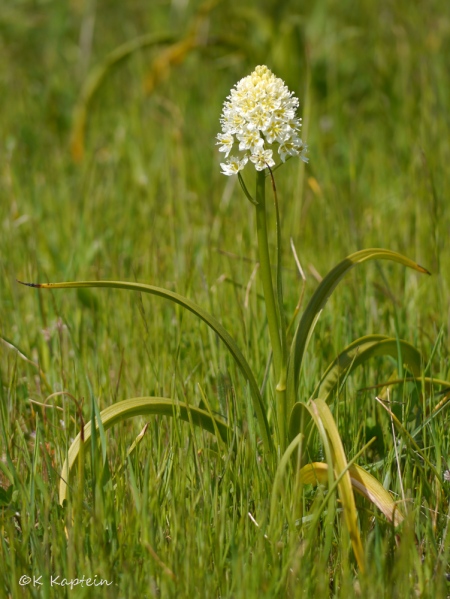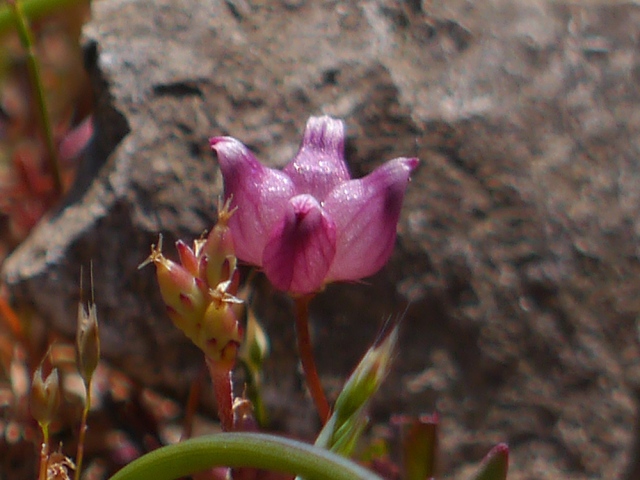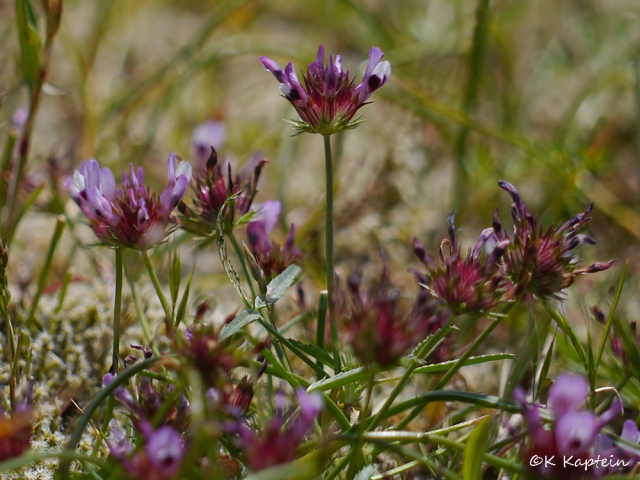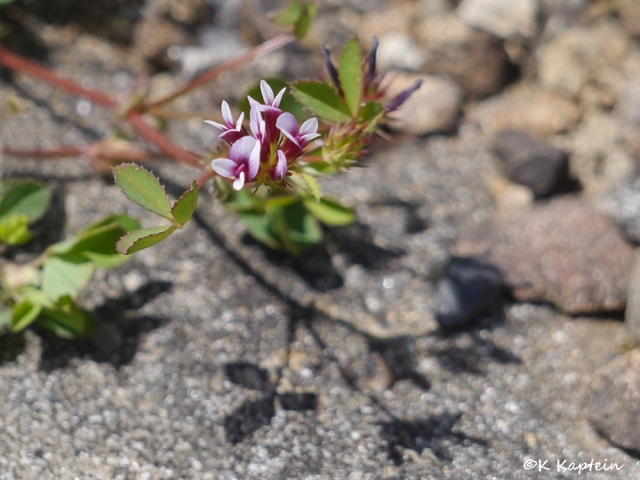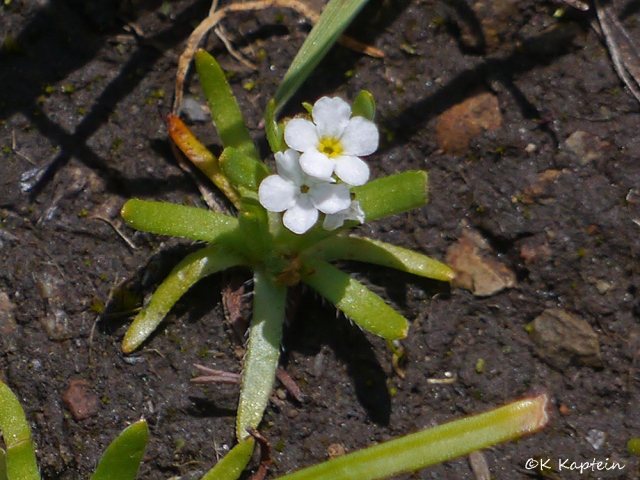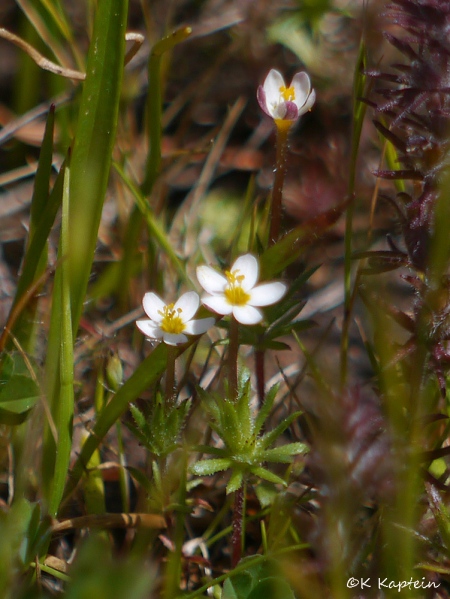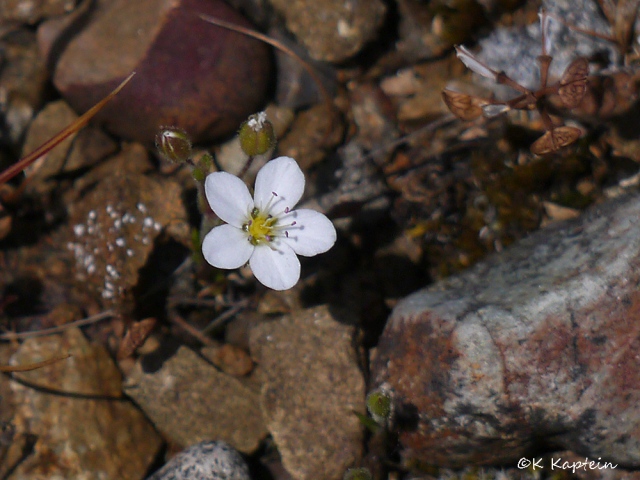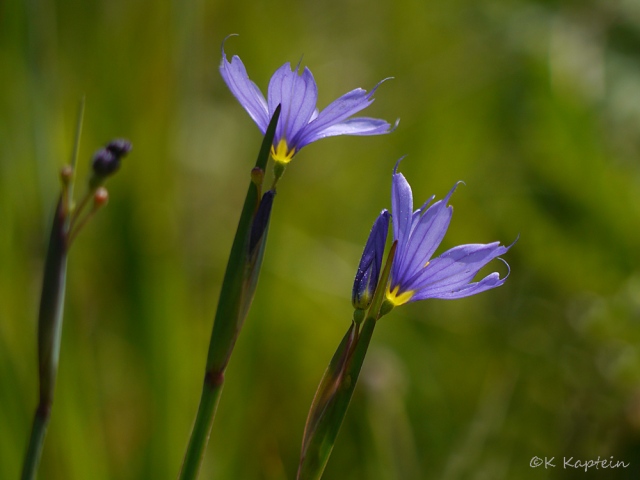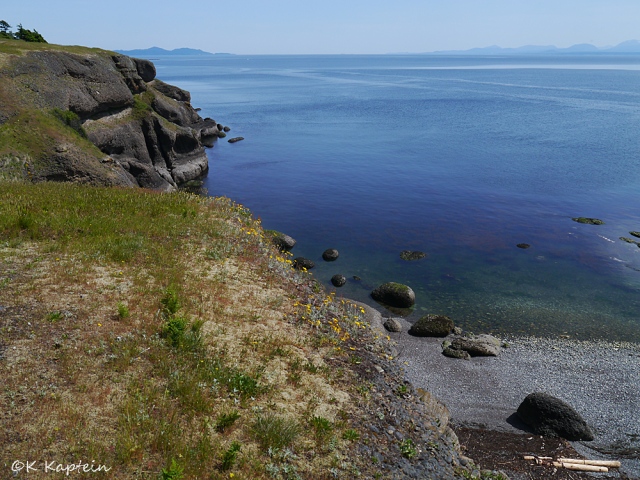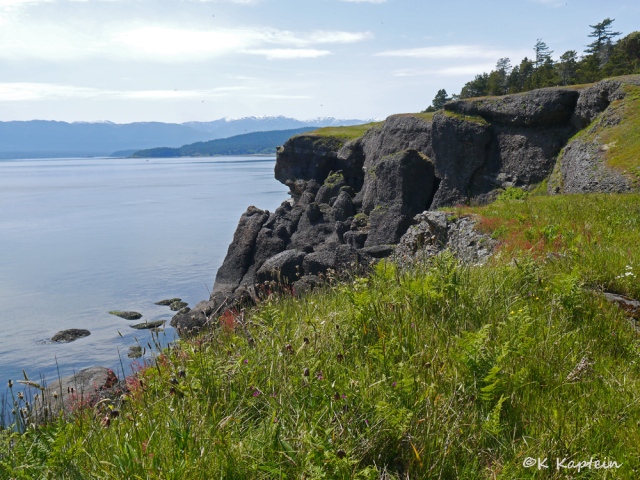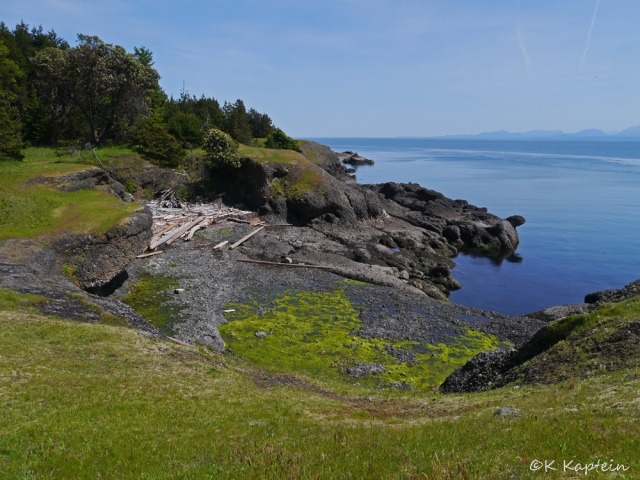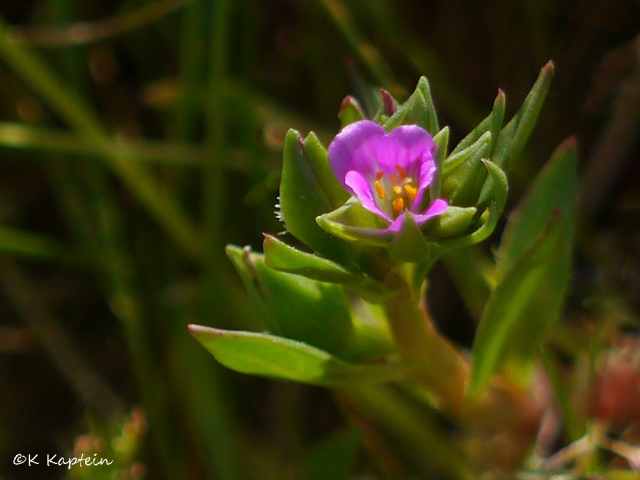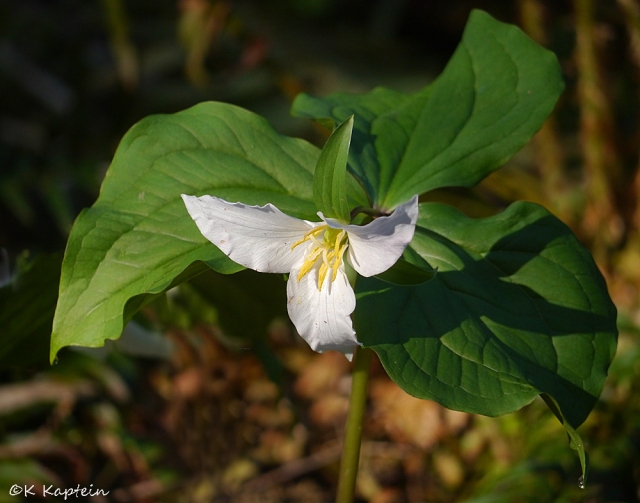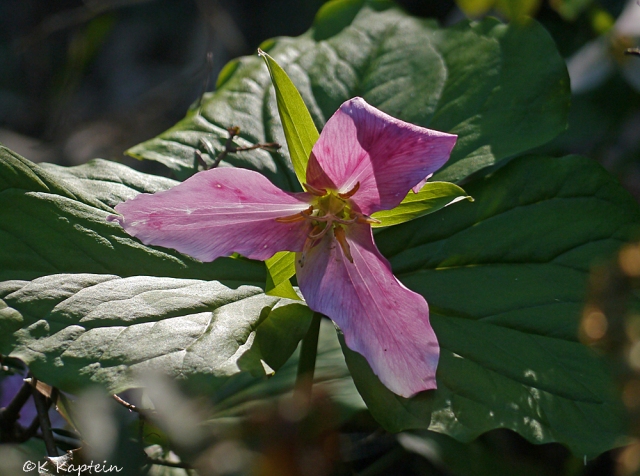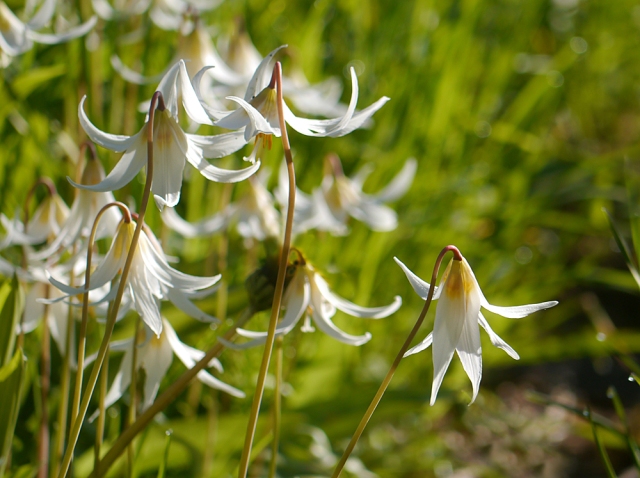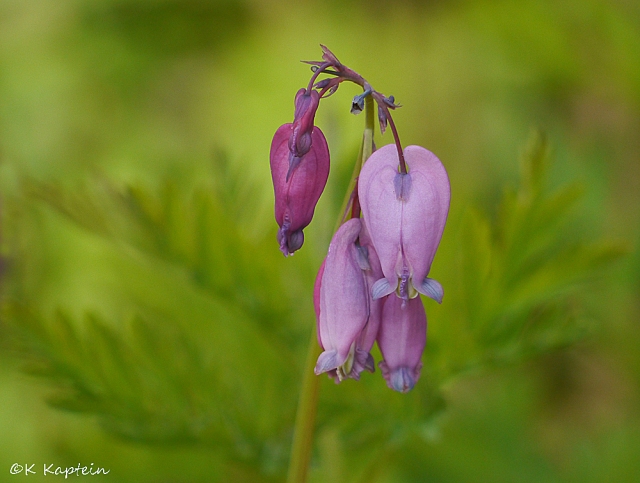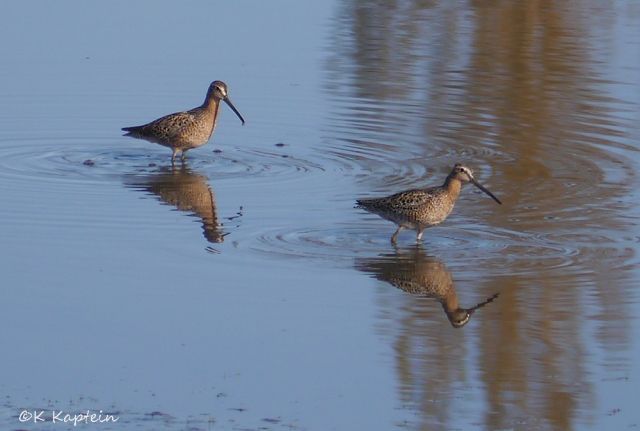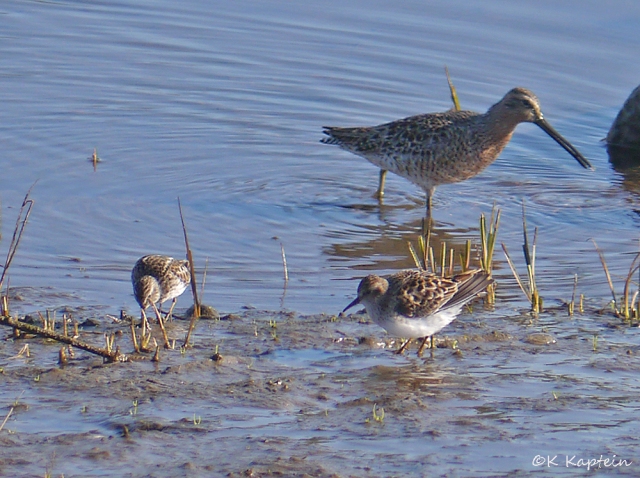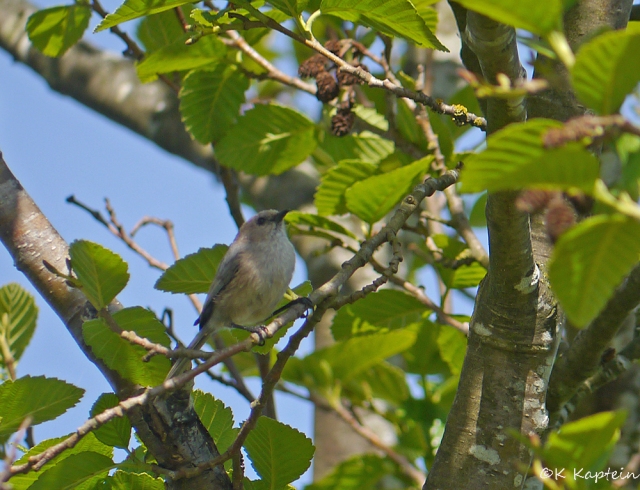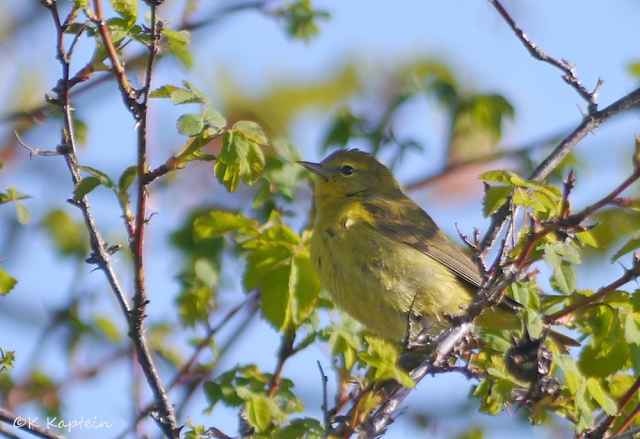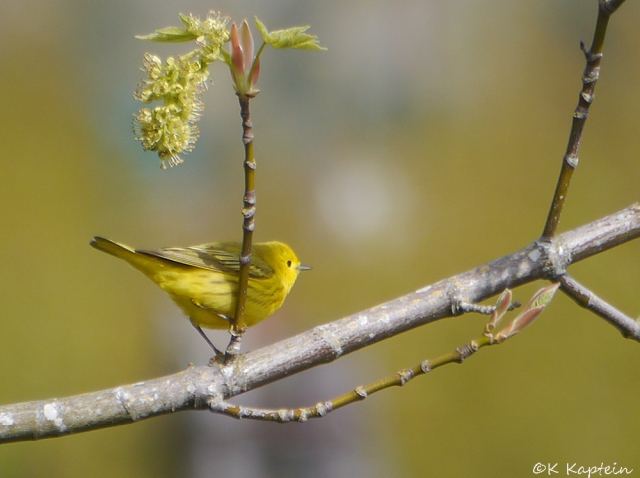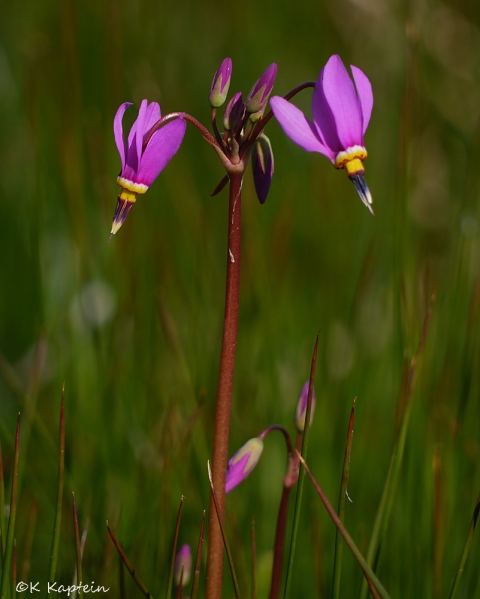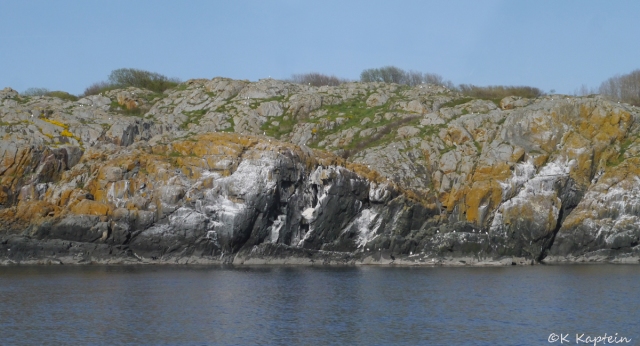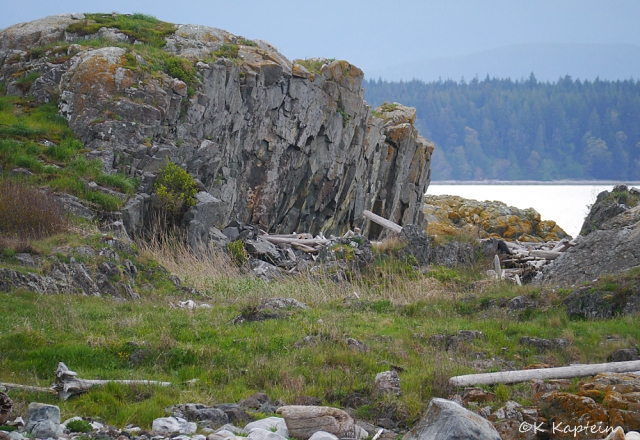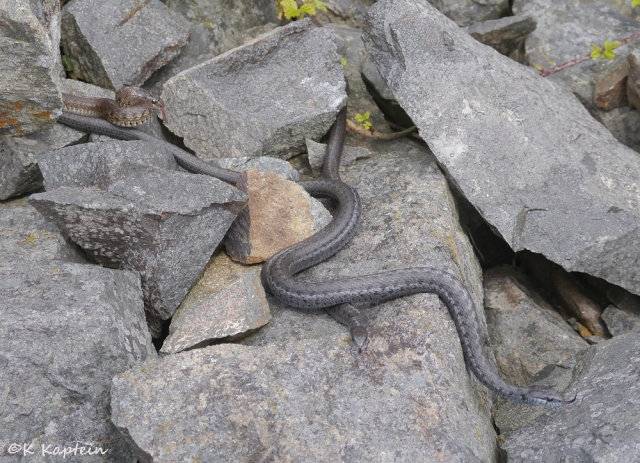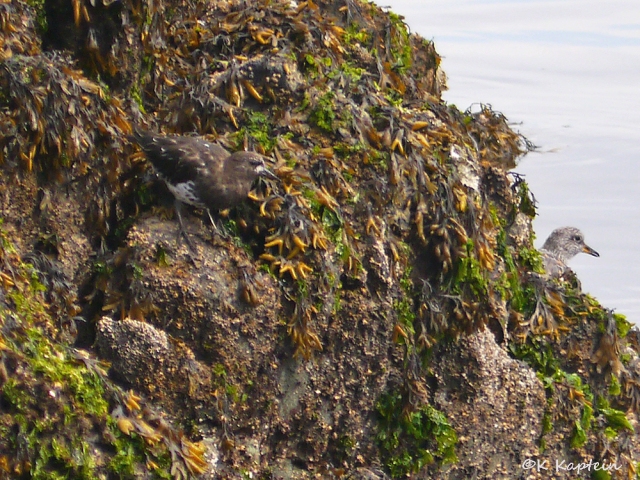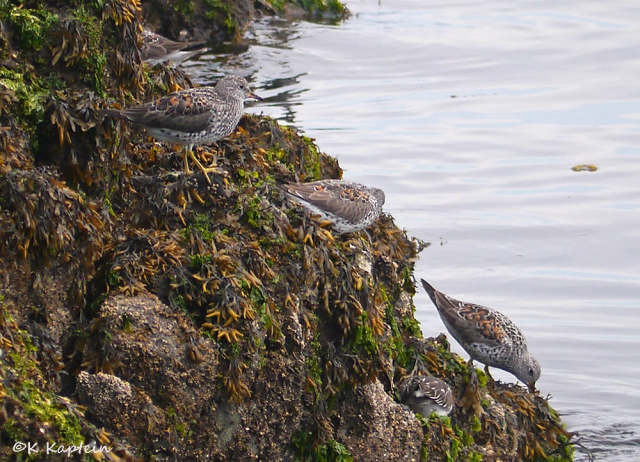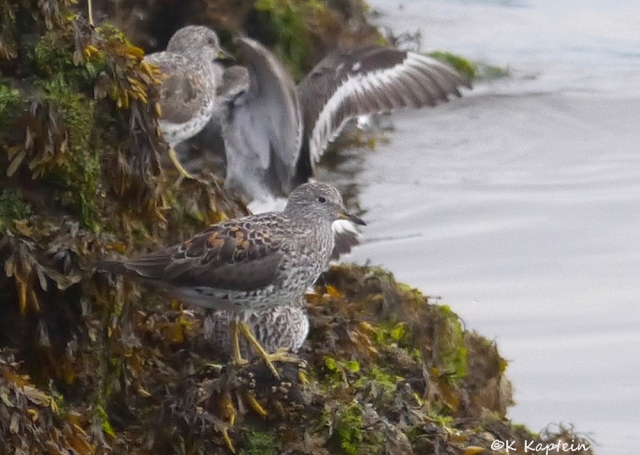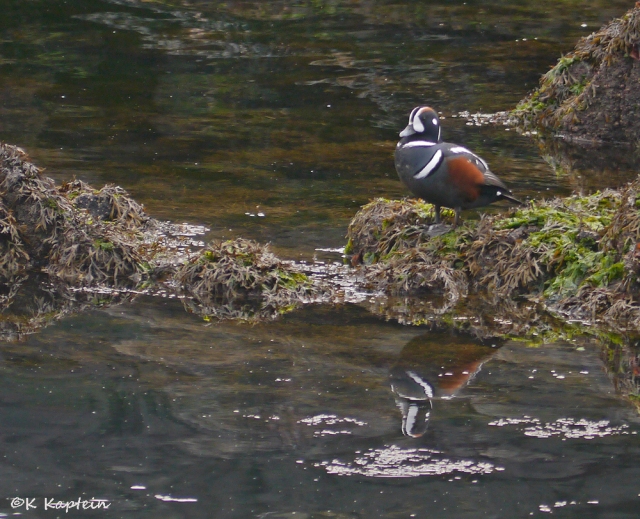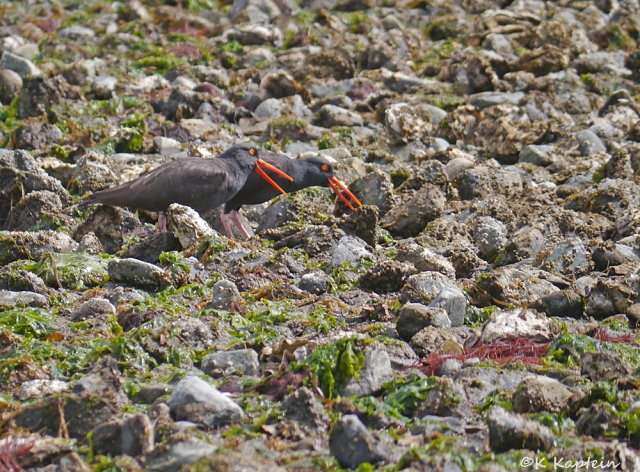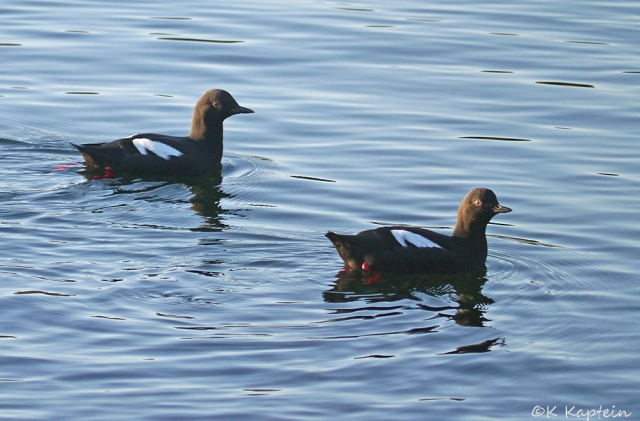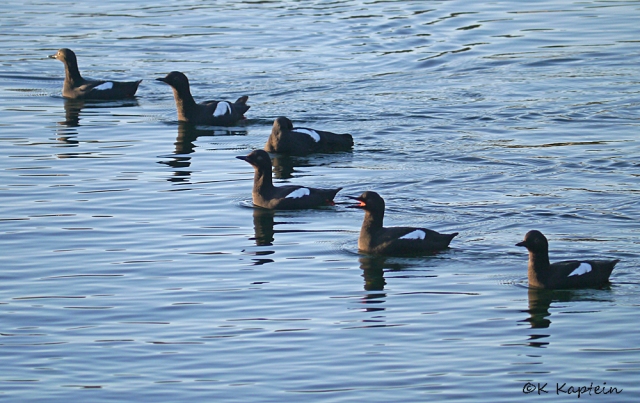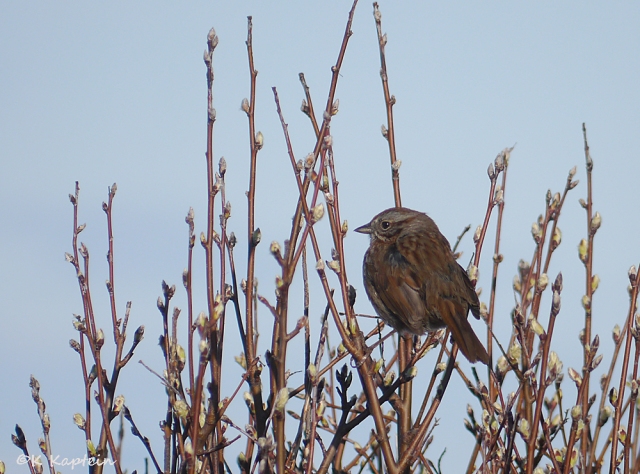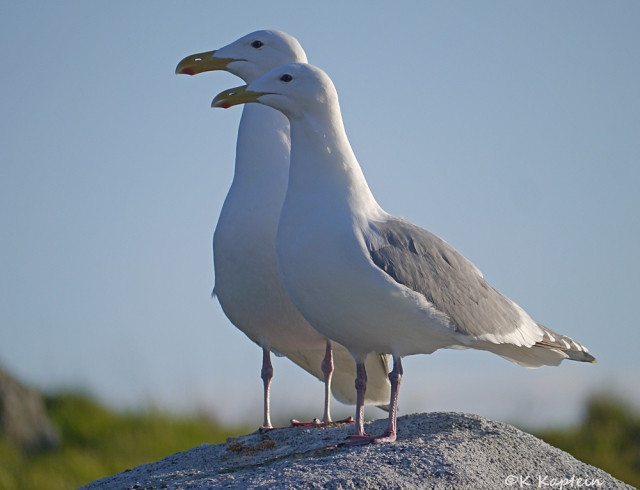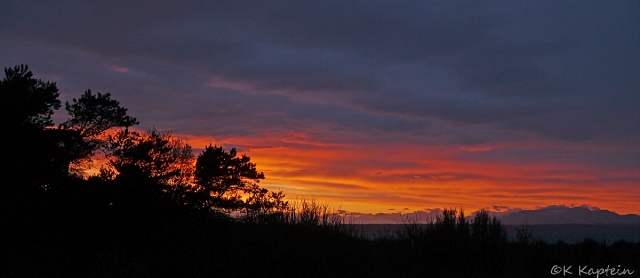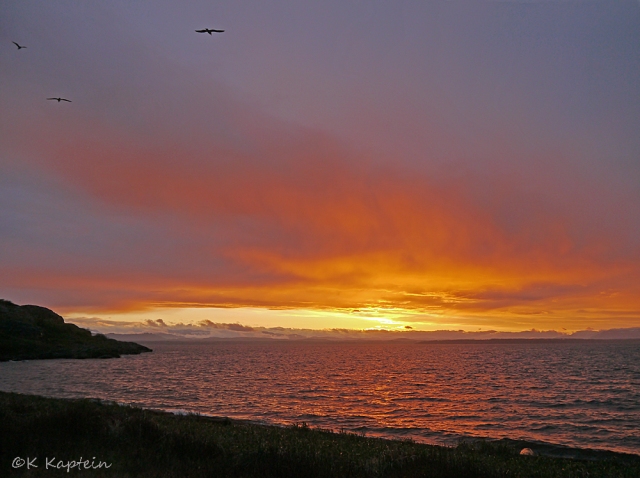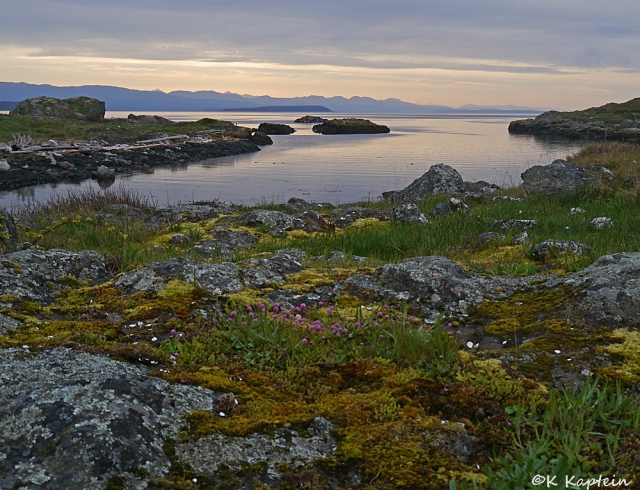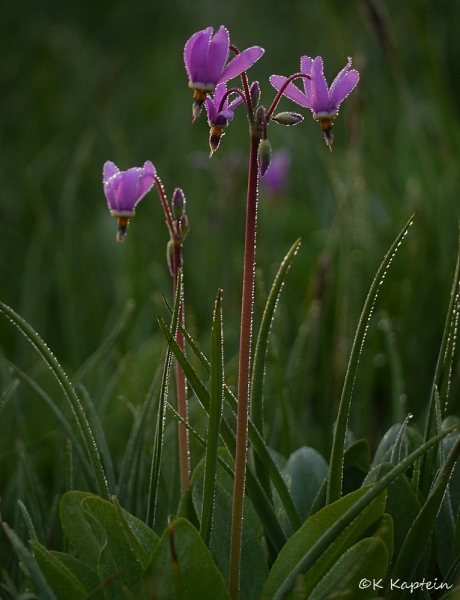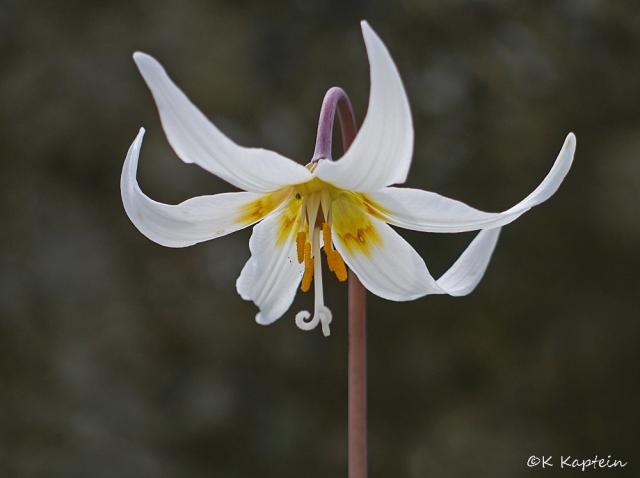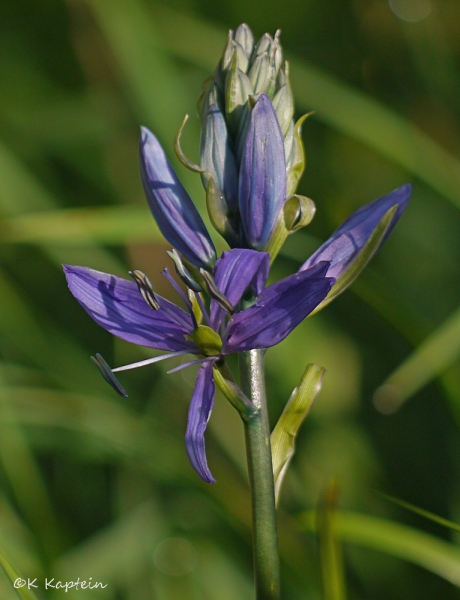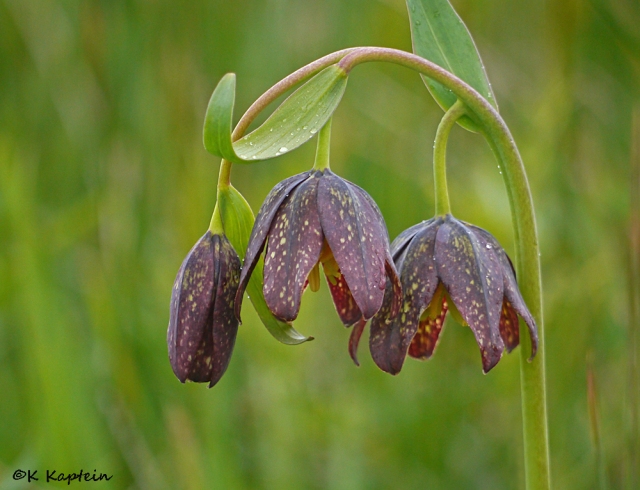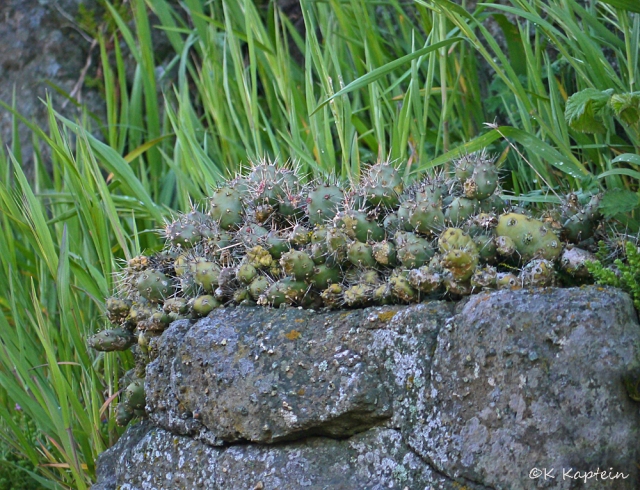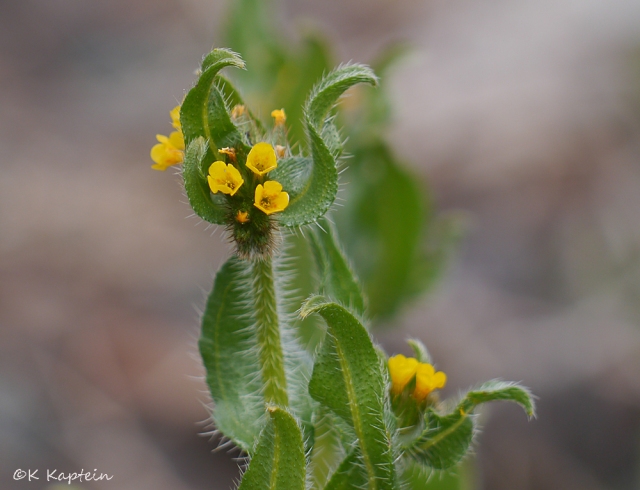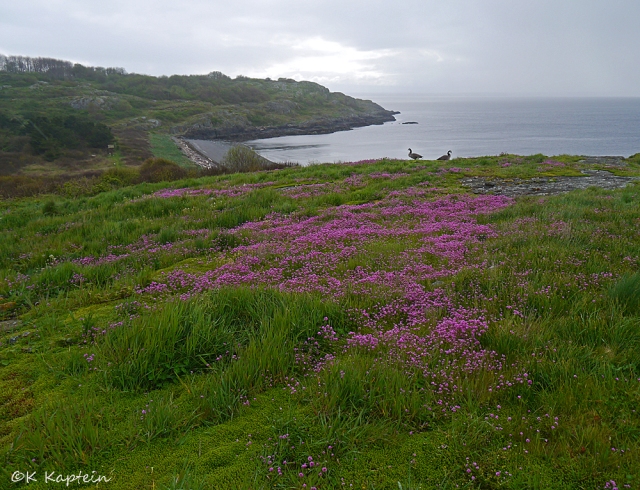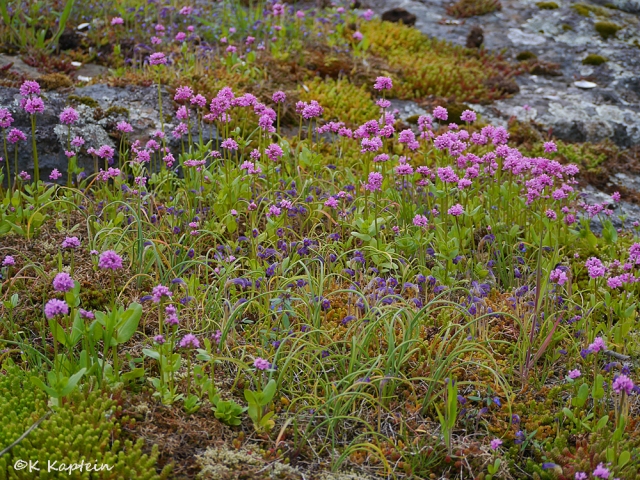The recent BC Nature Annual General Meeting in Victoria was a chance to become fully immersed in the abundant richness of spring. One of our outings was a field trip to Uplands Park where the camas meadows were at their peak.

Sea of Blue
The first introduction to the park is a
sea of purple-blue camas covering the ground. The earliest European explorers to the area famously described the abundant camas meadows as
resembling lakes of fine clear water – the extent of the blue colour was so great.
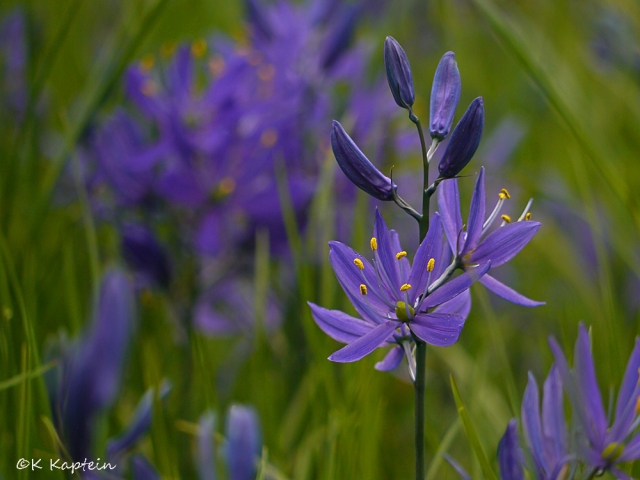
Common Camas
Common camas (Camassia quamash) is one of the most beautiful plants of the lily family, and one of the most important to native peoples . The bulbs were an important staple food.
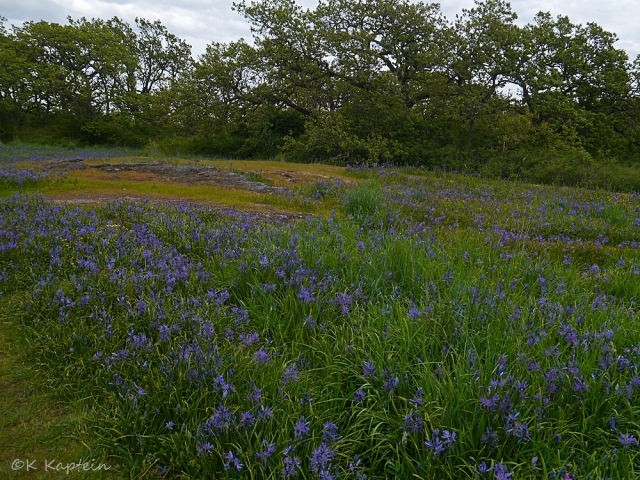
Camas & Garry Oaks
The landscape of
Garry oak (Quercus garryana) trees, surrounded by fields of camas & dotted with yellow western buttercup, is spectacular.
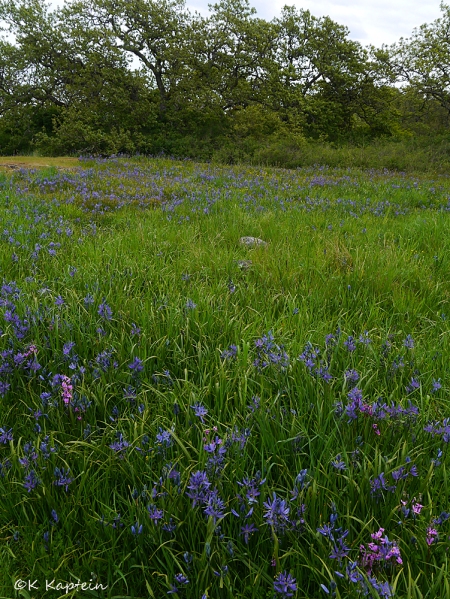
Camas & Shootingstar
Swaths of the blue camas were accented in places with the bright pink of pretty shootingstar.
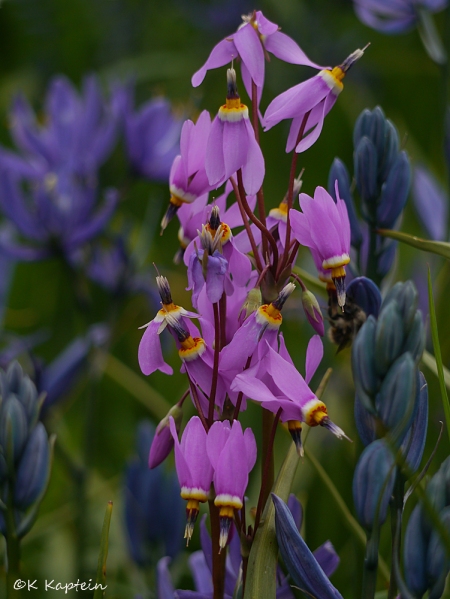
Pretty Shootingstar
Pretty shootingstar (Dodecatheon pulchellum) is aptly named with the rich colour & delicate details of the flowers.
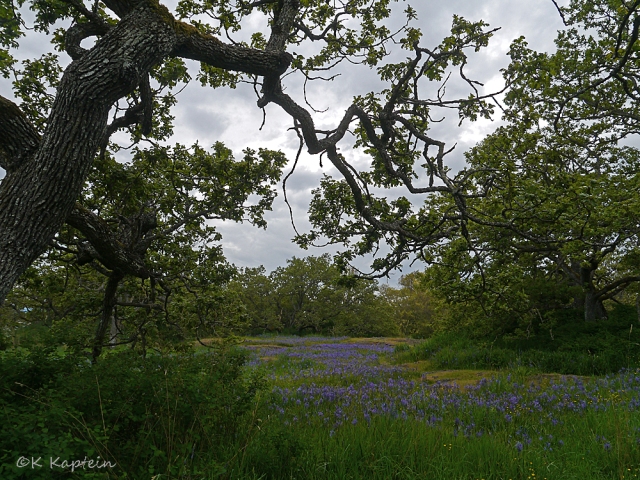
Garry Oaks
The gnarly Garry oaks invite endless compositions for photography.

Camas Landscape
Moss-covered rocky outcrops alternate with lush flower meadows.
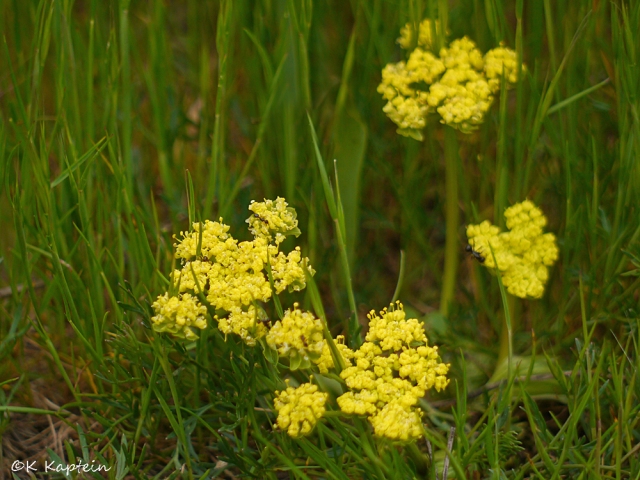
Spring-gold
Other yellow flowers in the meadows include spring-gold (Lomatium utriculatum) . The taproots may have been ‘wild carrots’ eaten by the native peoples.
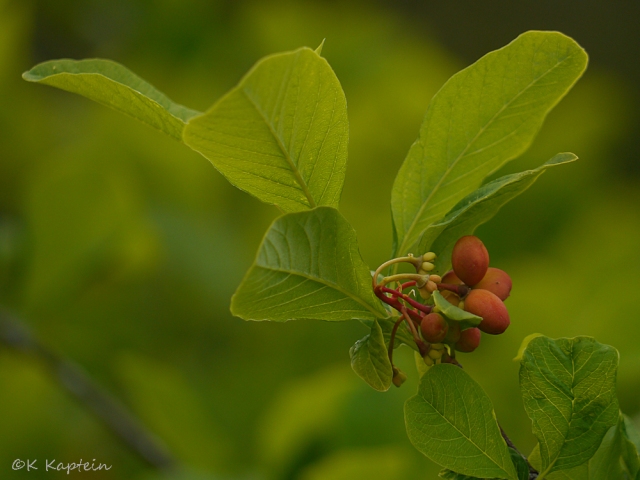
Indian Plum
The berries of Indian-plum (Oemleria cerasiformis) were eaten by many First Nations, and the twigs & bark also used for remedies.
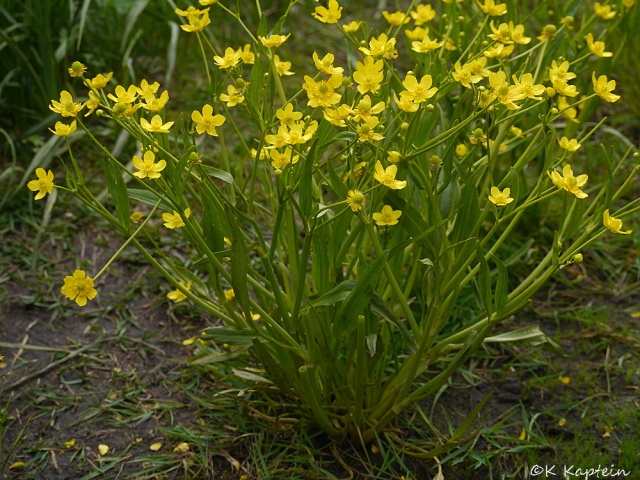
Plantainleaf Buttercup
Plantainleaf buttercup (Ranunculus alismifolius) was one of the first rare plants pointed out by the trip leader. Several patches of this blue-listed species were blooming in wet spots on one of the paths – the plant apparently requires a small amount of trampling to thrive!
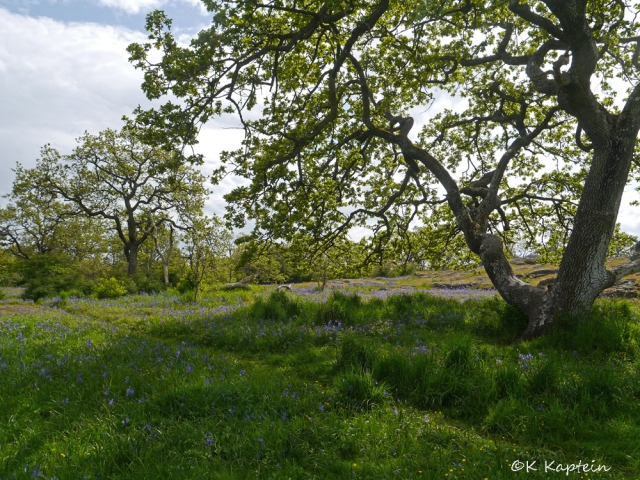
Garry Oak & Camas
As the sun came out the gnarled shapes of the mature trees twisted against the blue sky.
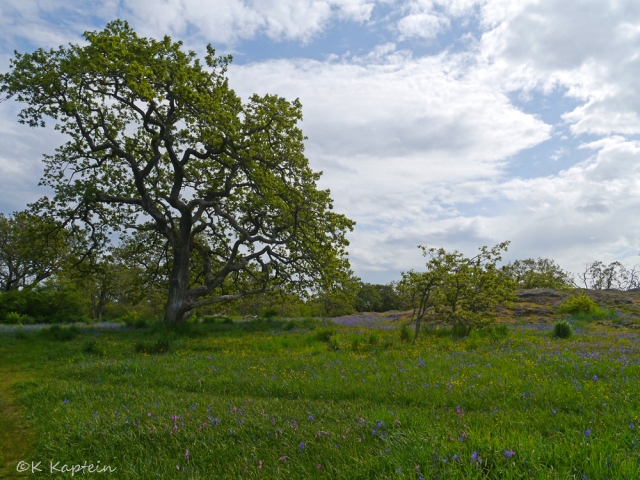
Garry Oaks & Meadow
Garry oak ecosytems are not only beautiful but combined with associated ecosystems are home to more plant species than any other terrestrial ecosystem in coastal British Columbia. Many of these species occur nowhere else in Canada.
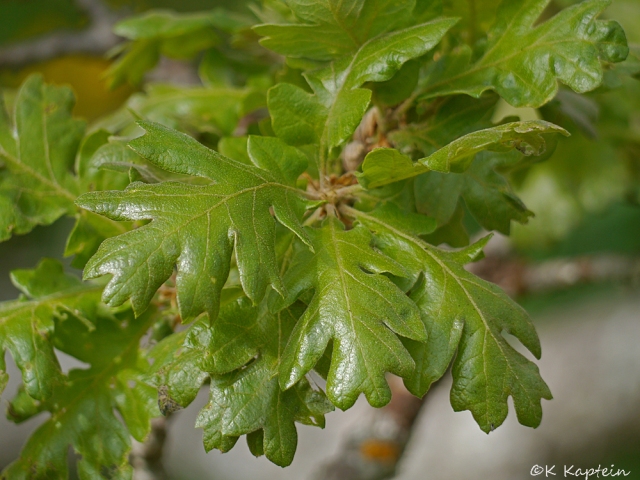
Garry Oak Leaves
The leaves of Garry oak have a stem, but there is no stem on the acorns. In contrast, the very similar English oak has no stem on the leaves, but has a stem on the acorn.
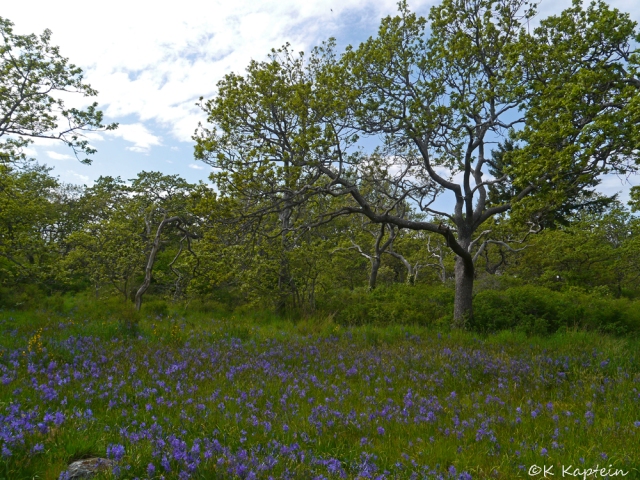
Garry Oak Meadow
Much work has been done to remove invasive plants from Uplands Park, particularly Scotch broom (Cytisus scoparius) . A dozen years ago when I last explored the area, it was impossible to photograph the landscape without including some of the yellow-blooming shrubs. Now , the broom rarely interrupts a photograph.
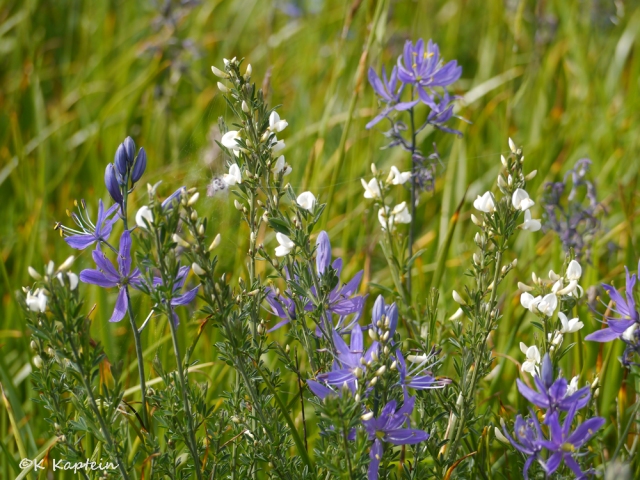
White Broom & Camas
In one area there was unusual white-blooming Scotch broom ! Not sure if this is considered a rarity – it may be a hybrid or a garden cultivar escaped from nearby gardens.
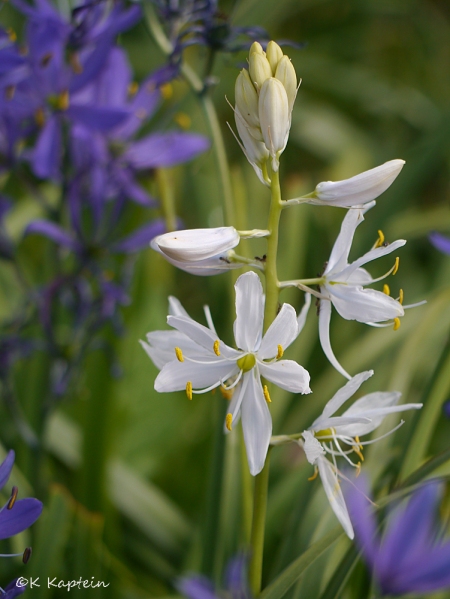
White Camas
The occassional bloom of common camas was white also.
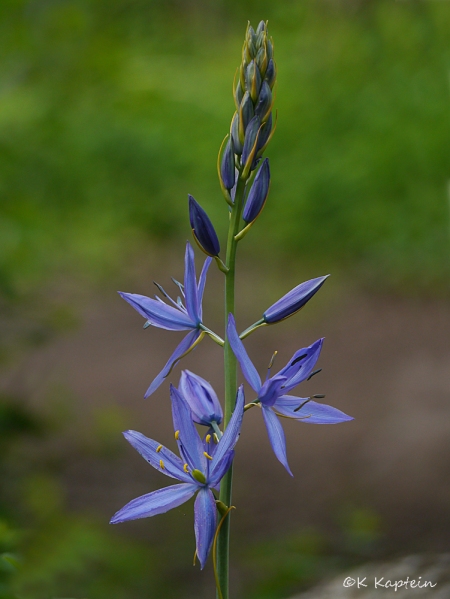
Great Camas
A few patches of great camas (Camassia leichtlinii) were also blooming. The great camas is noticeably taller, and the petals are more equal length & symmetrically arranged when compared to the common camas.
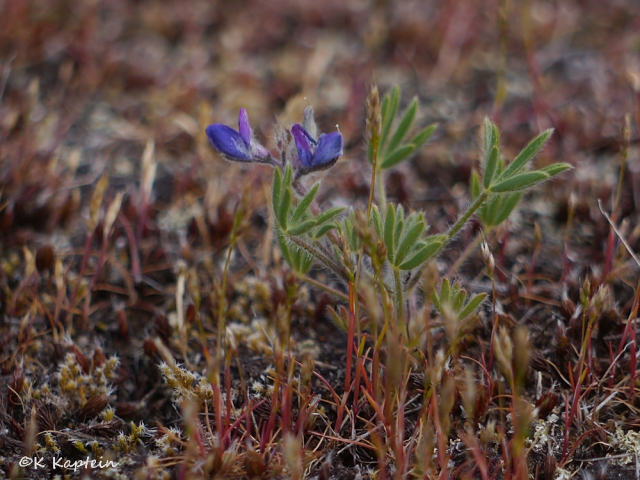
Seashore Lupine
A bit more purple was provided by small seashore lupine (Lupinus littoralis) flowering on moss-covered rocky outcrops.
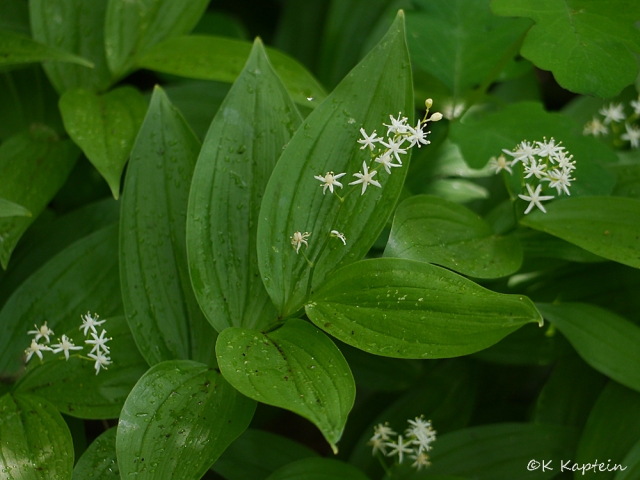
Star-flowered False Solomon’s-seal
In a shaded area of the park were blooms of star-flowered false Solomon’s-seal ( Smilacina stellata) .
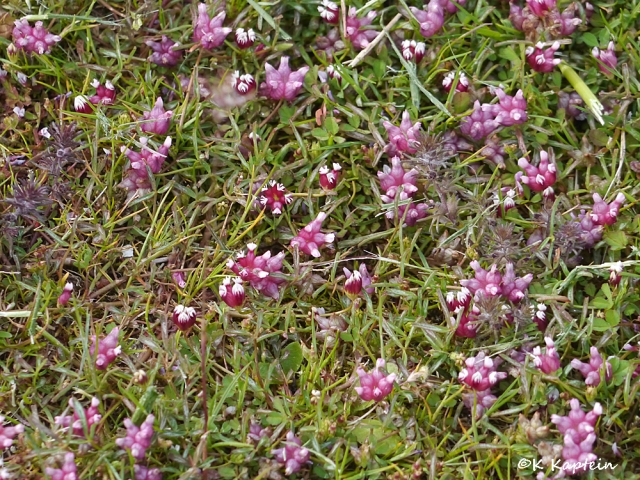
Poverty Clover
Across the road from Uplands Park, the rocky seaside of Cattle Point has a few more rare flowers. Our trip leader pointed out a patch of poverty clover (Trifolium depauperatum) among the exposed outcrops.
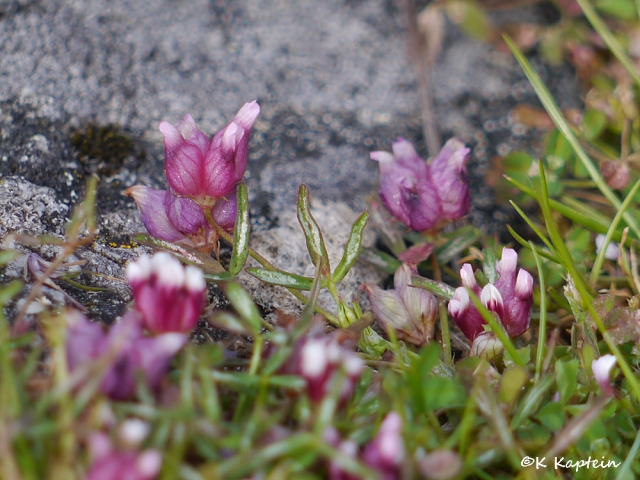
Poverty Clover
I had last seen this blue-listed plant at Helliwell Park on Hornby Island, where the flowers seemed larger than here.
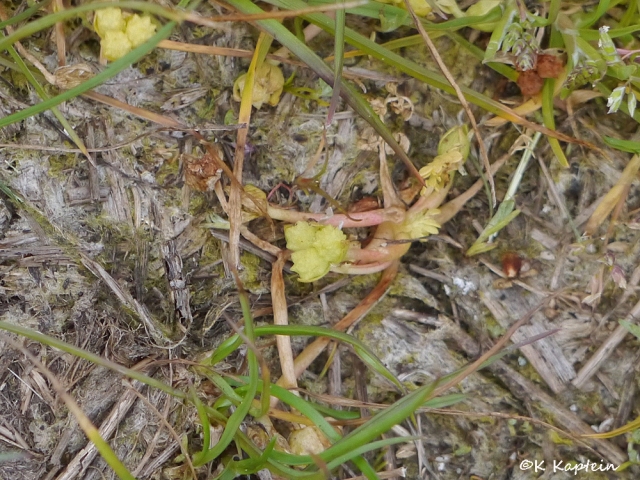
Macoun’s Meadow-foam
The final & most rare plant , in the vernal pools between the rocks, was Macoun’s meadow-foam (Limnanthes macounii). At this time of year the blooms are finished , leaving small yellowish seed clusters at the ends of the flattened stems. This red-listed species was considered unknown from anywhere else in the world , other than from the southern part of Vancouver Island and adjacent islands, until a few native examples were found farther north near Ladysmith and on Hornby Island.

